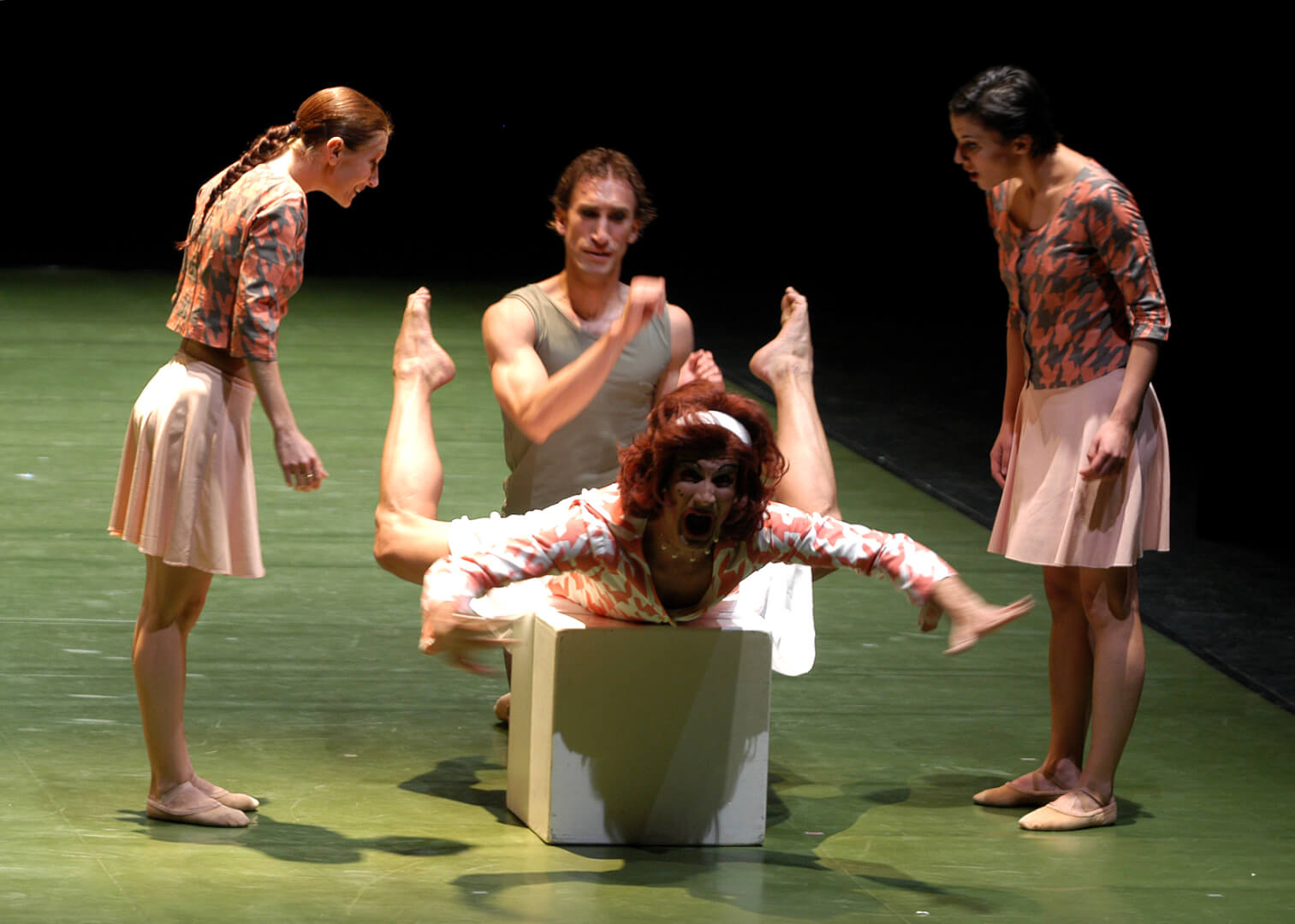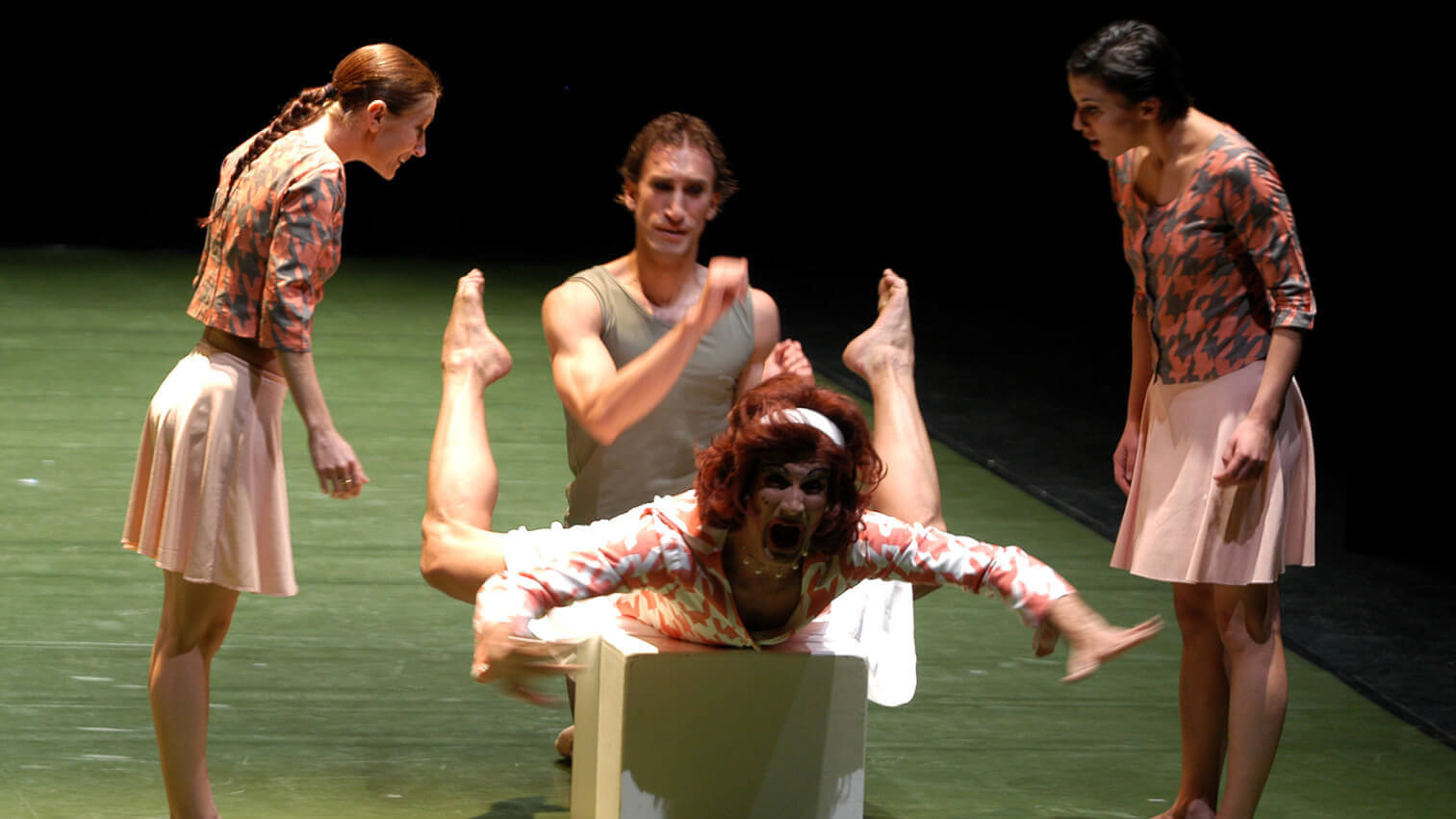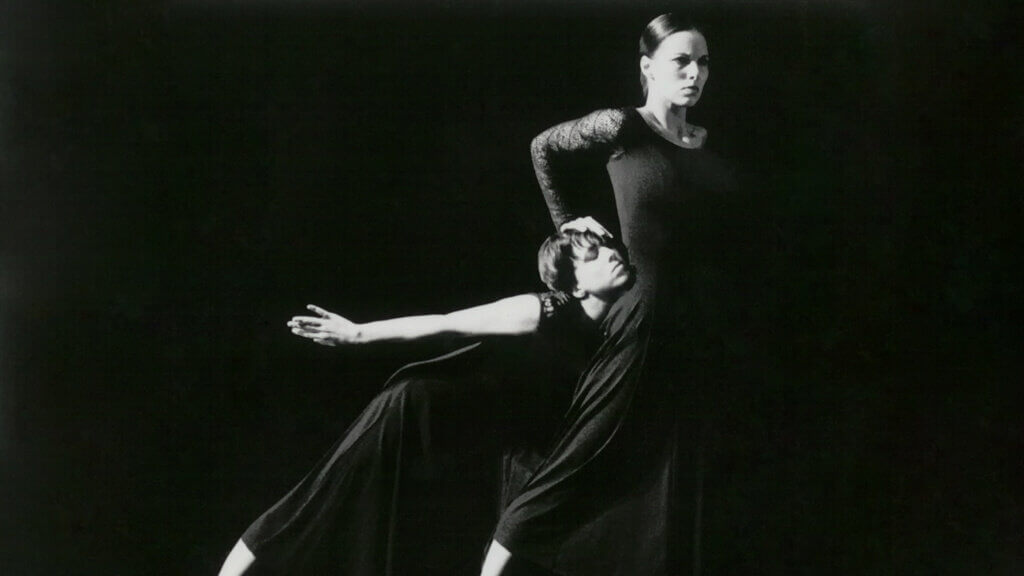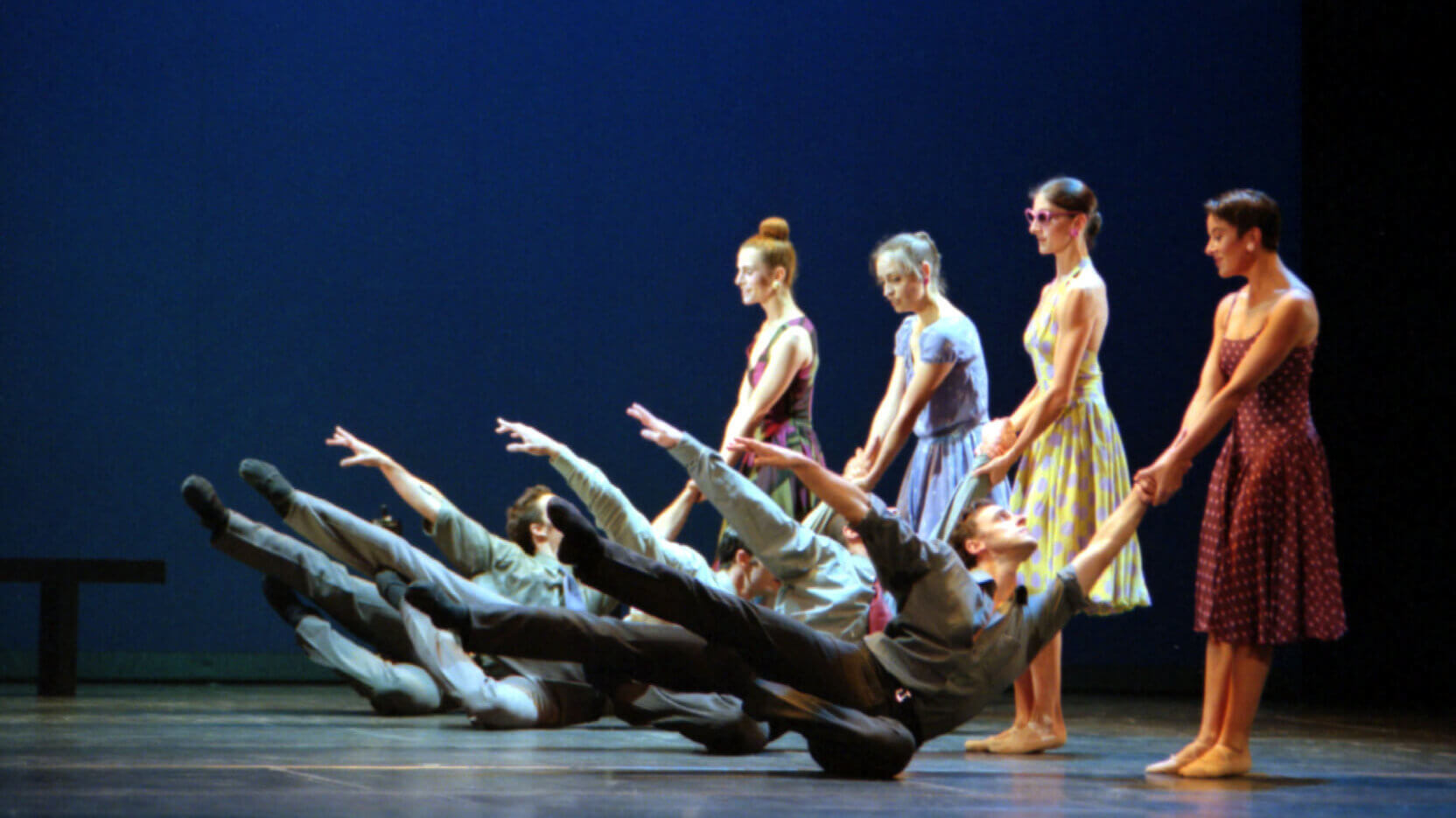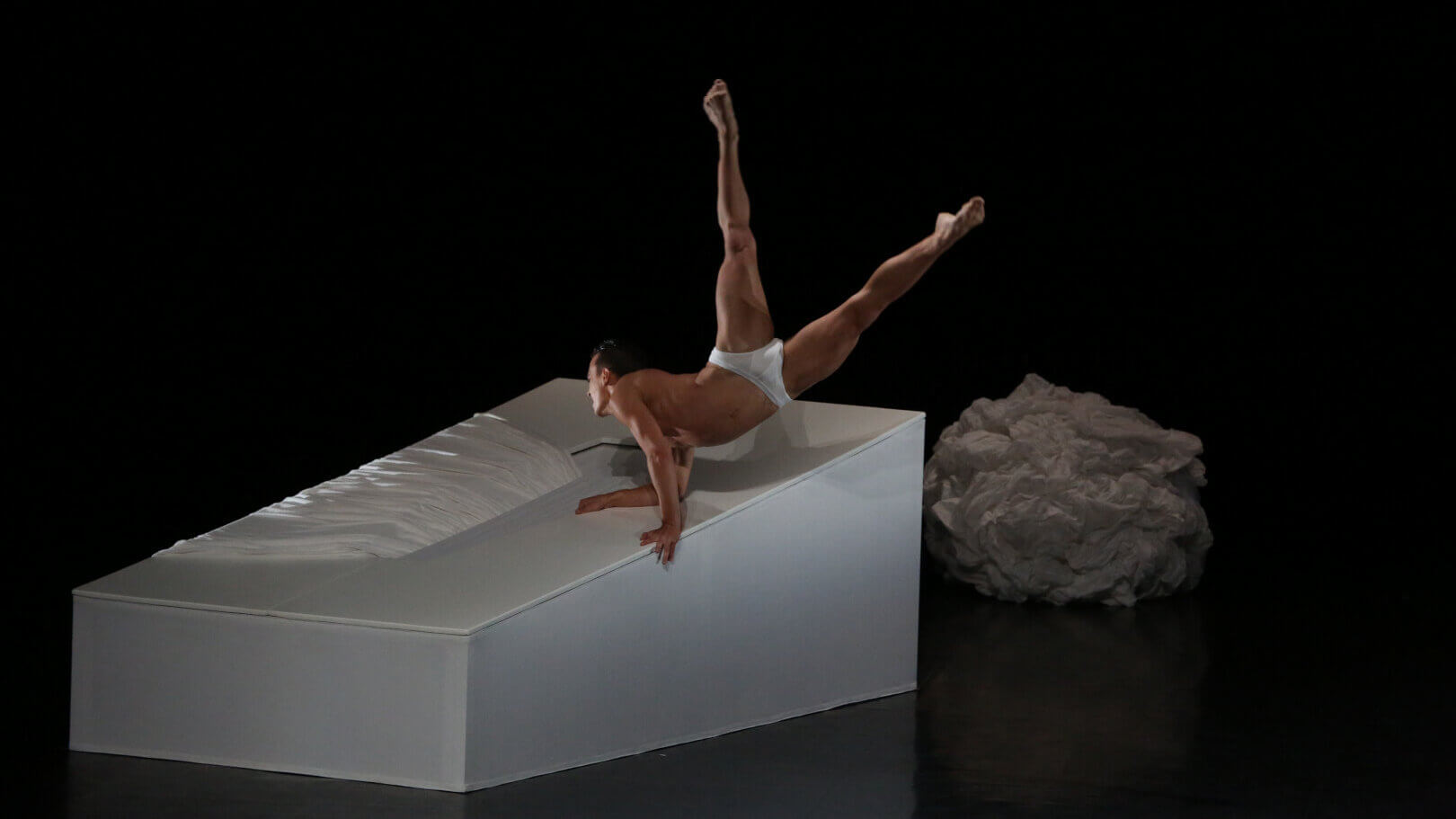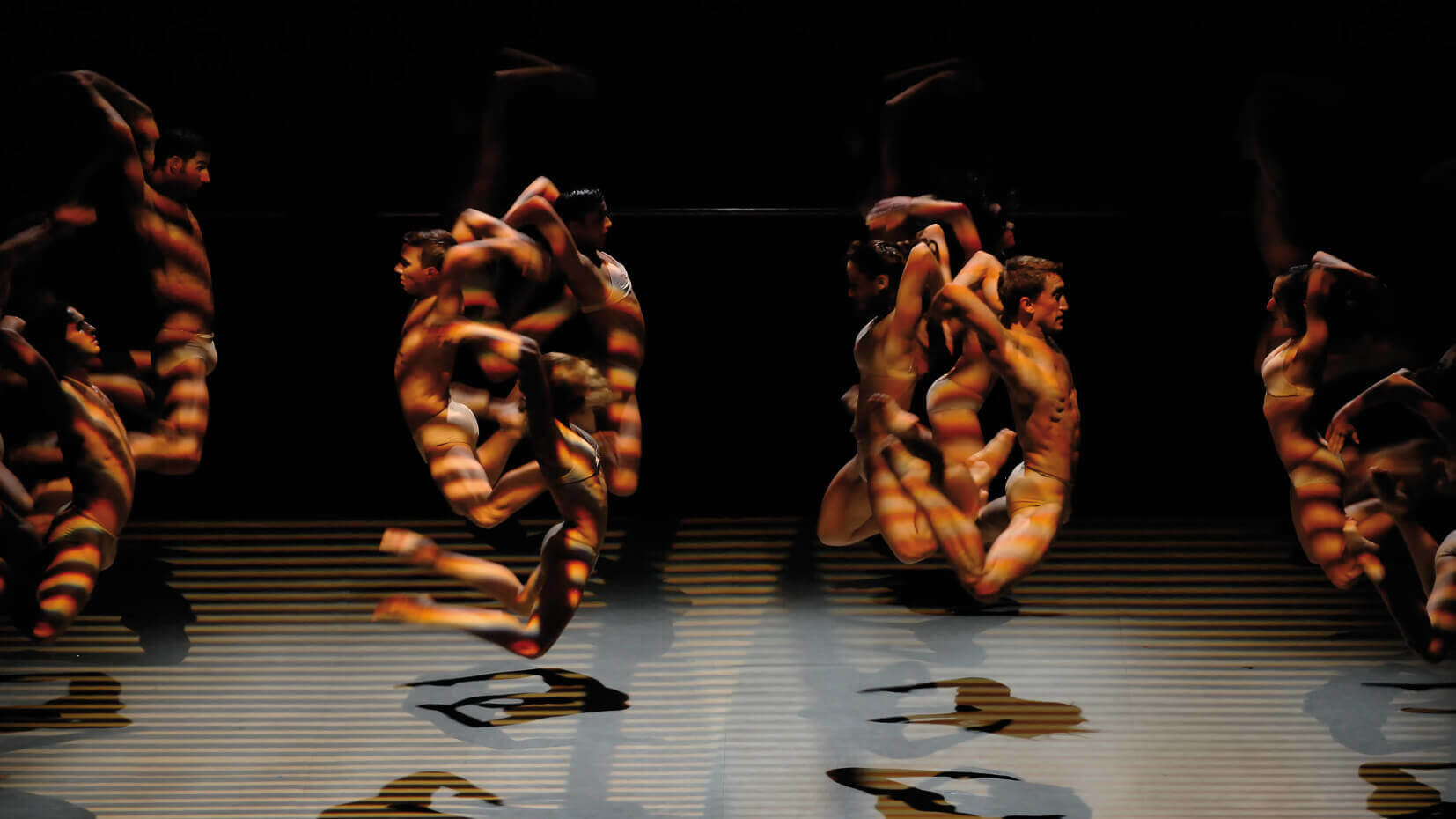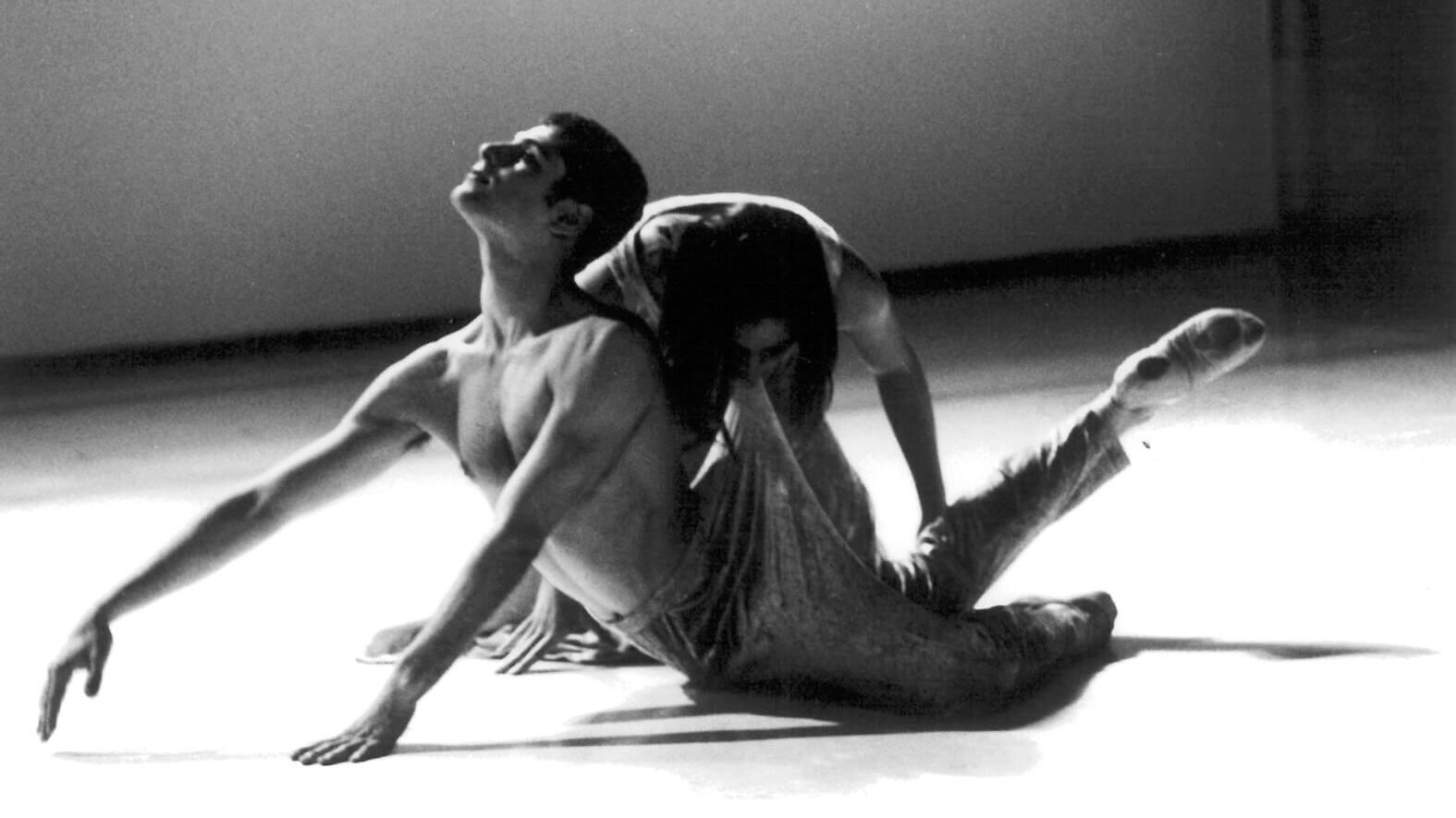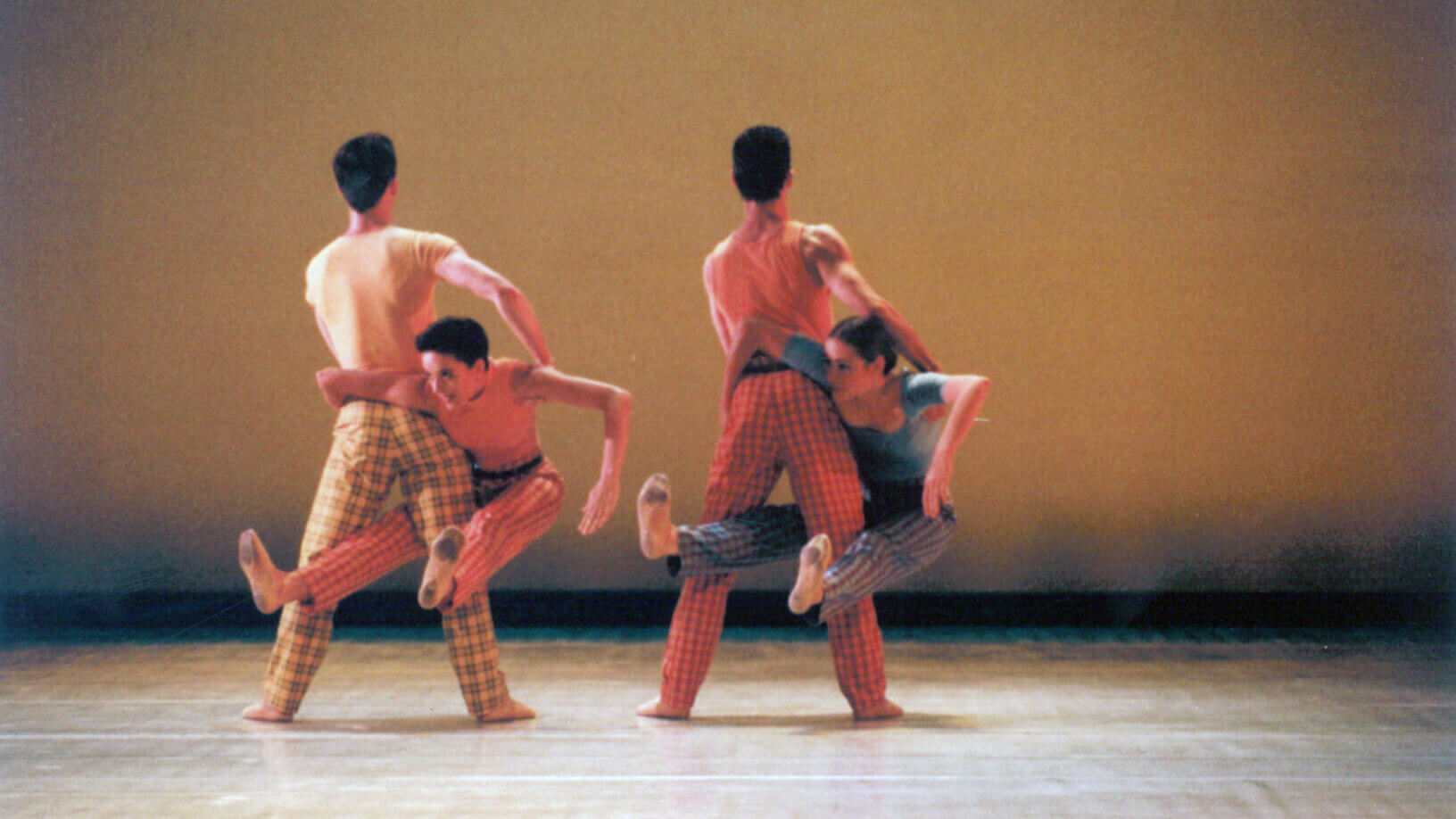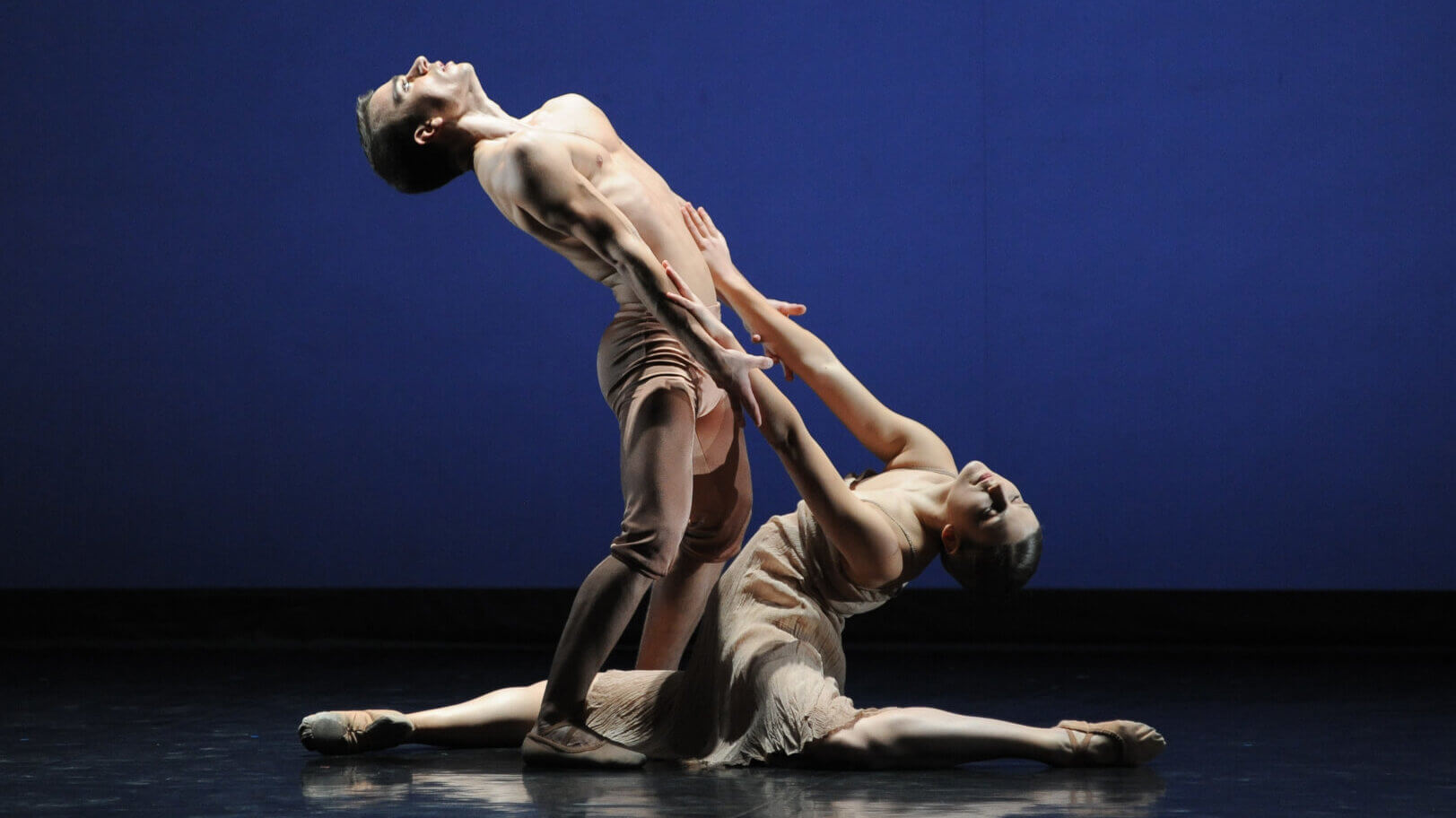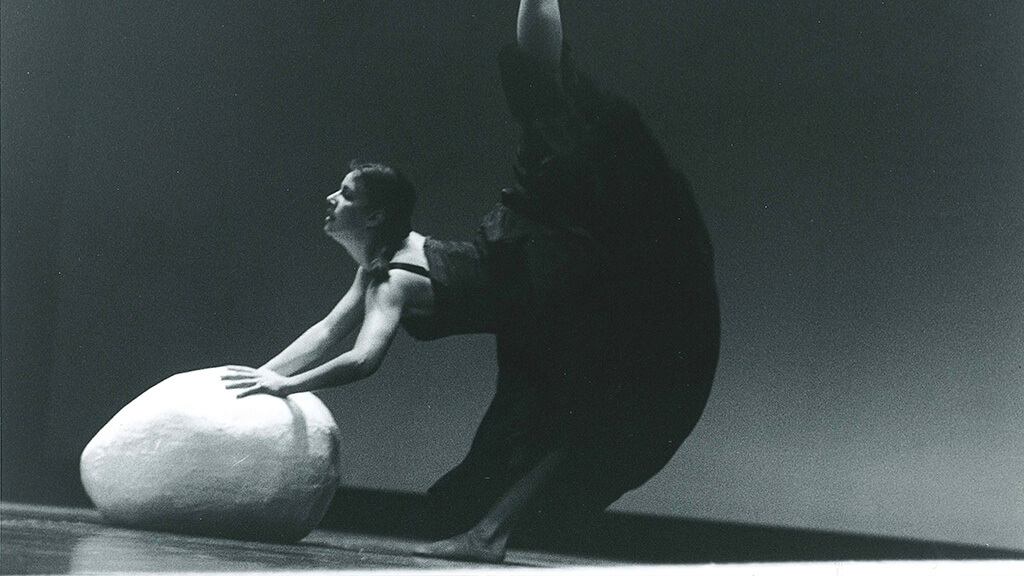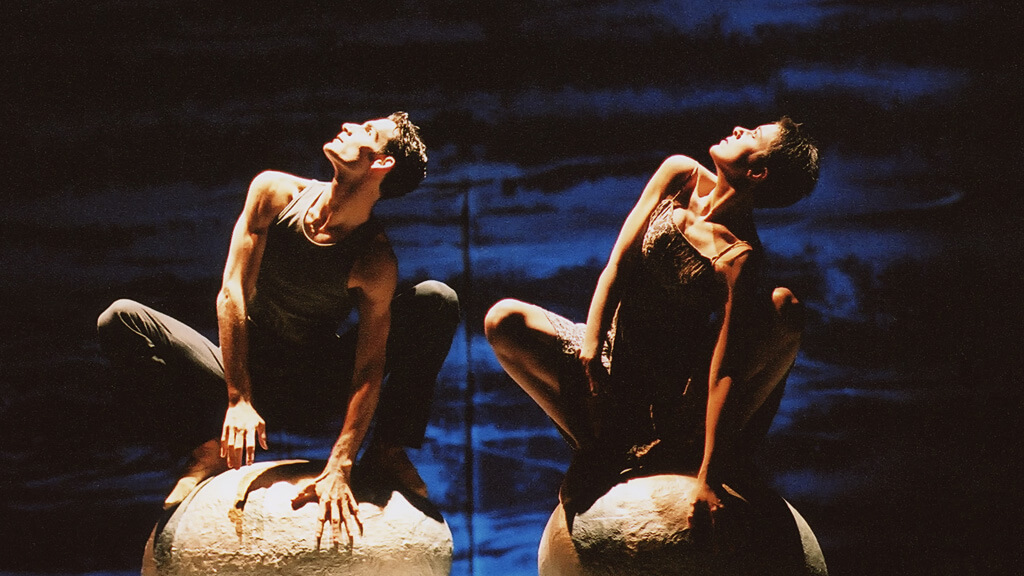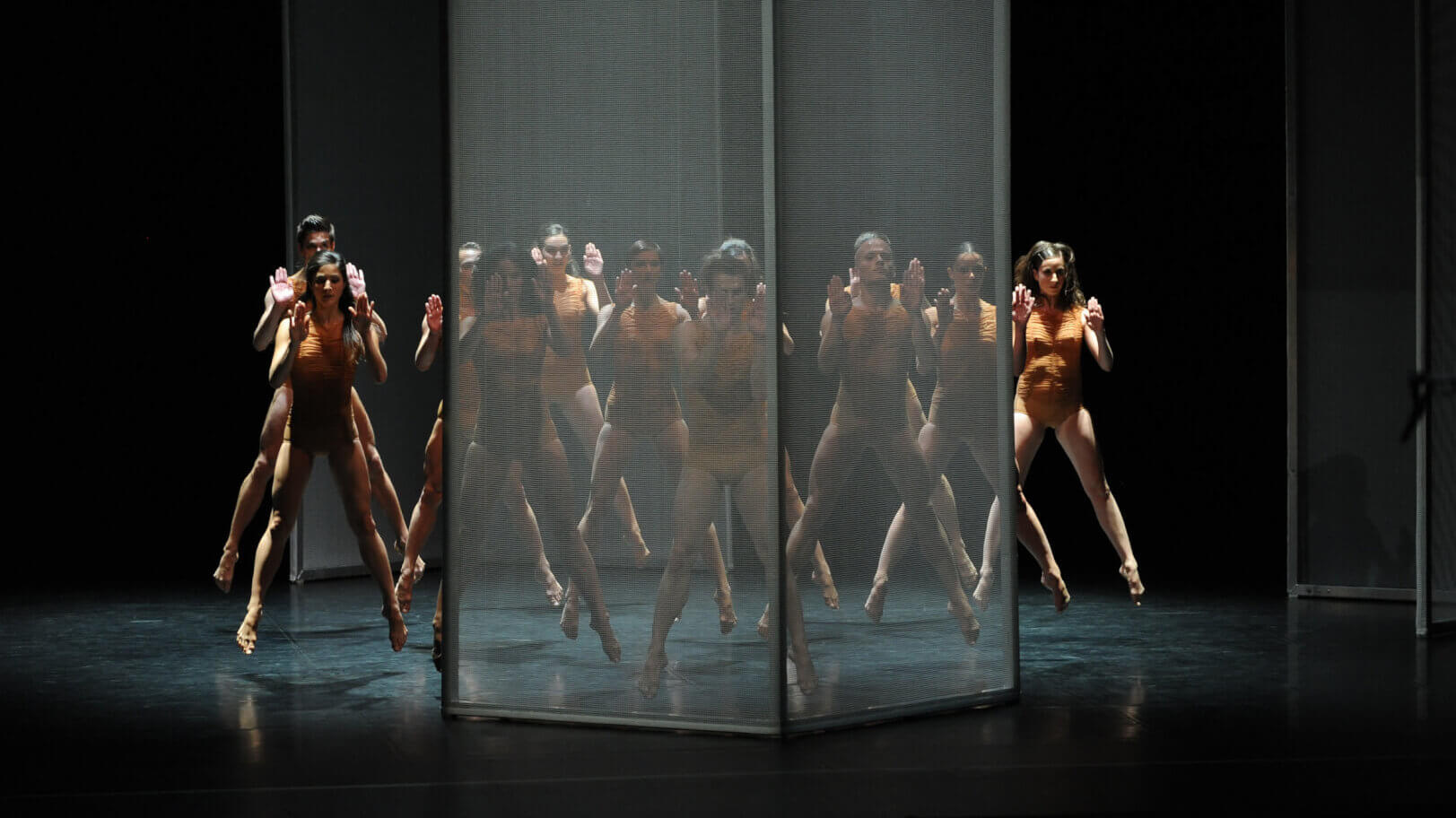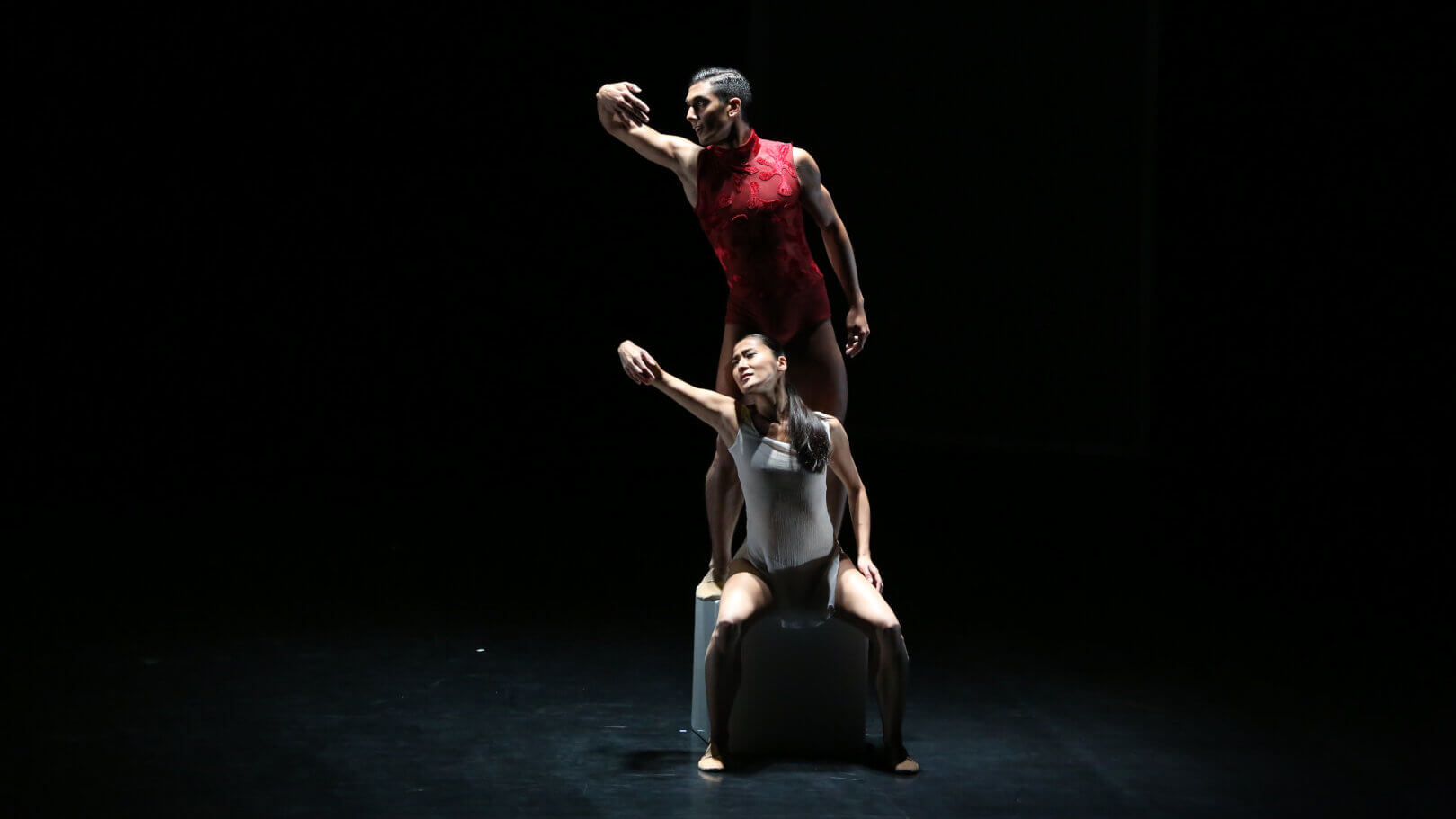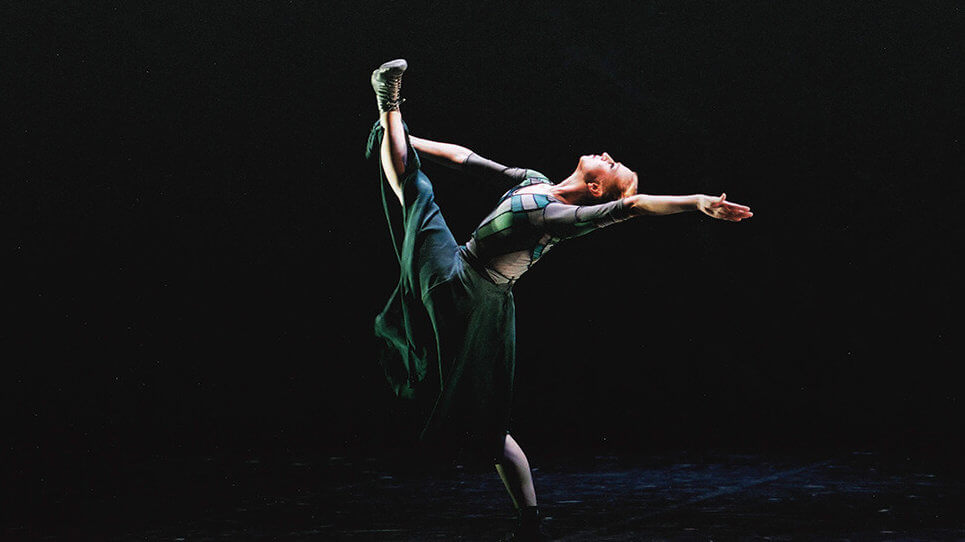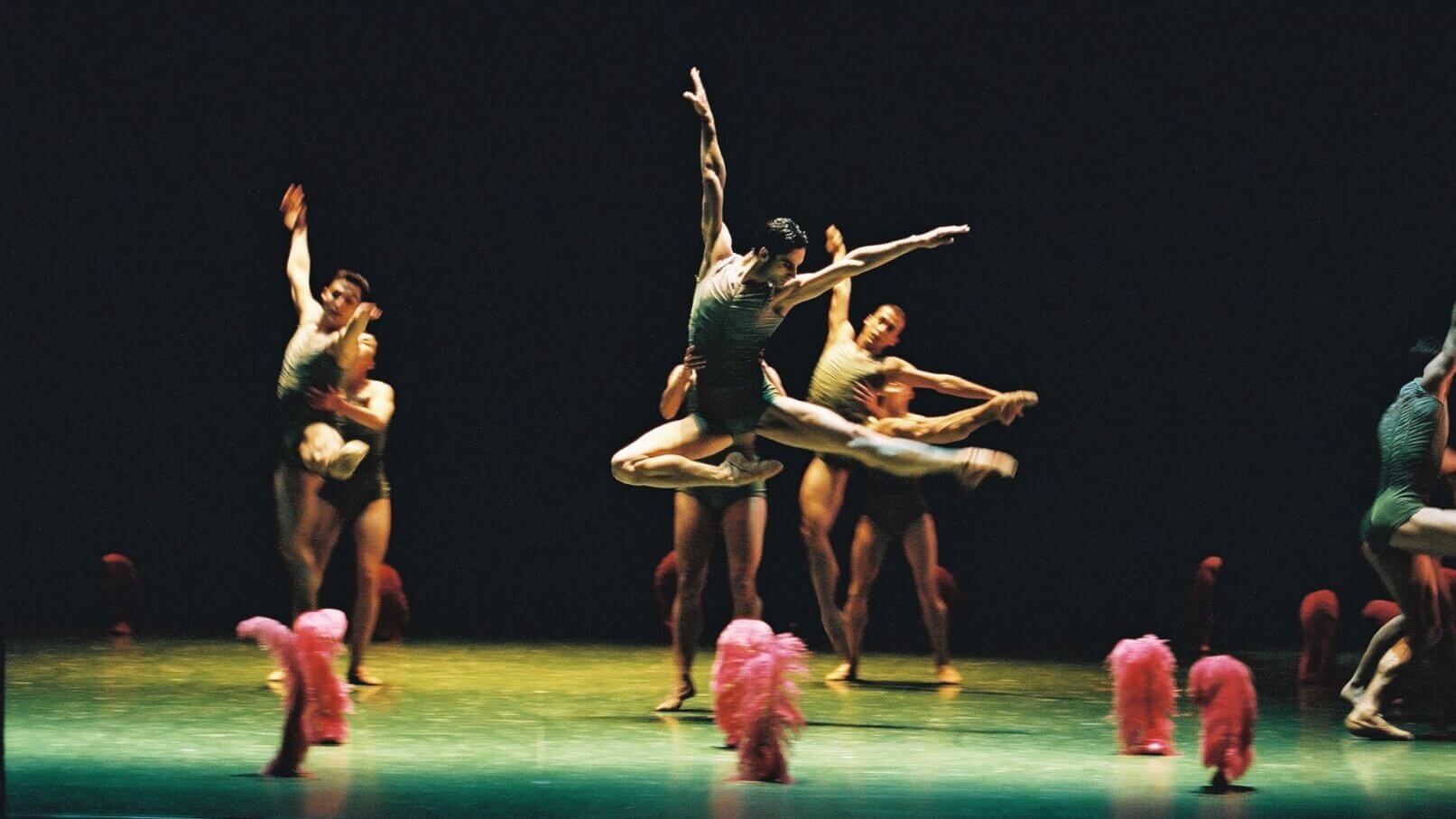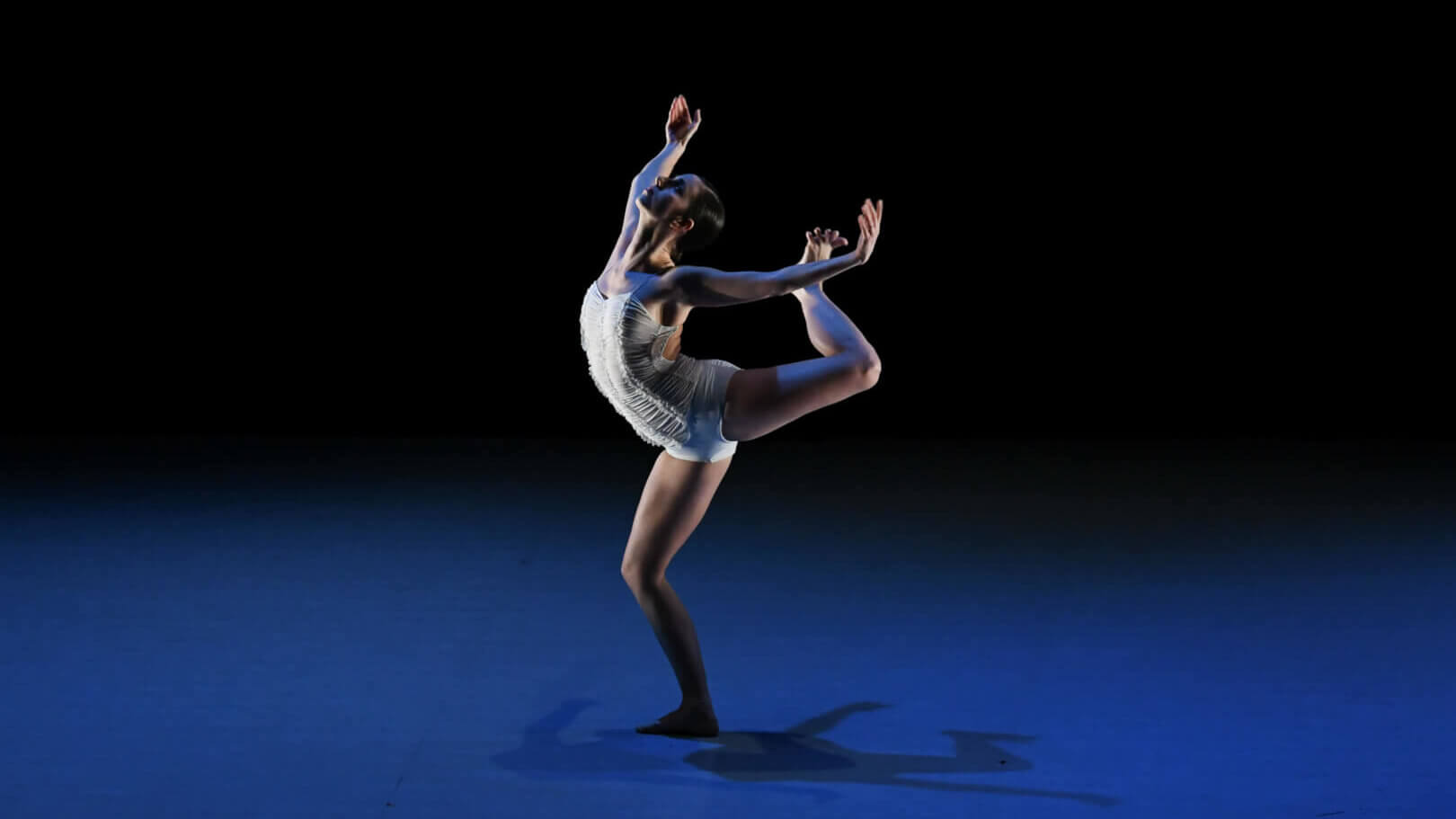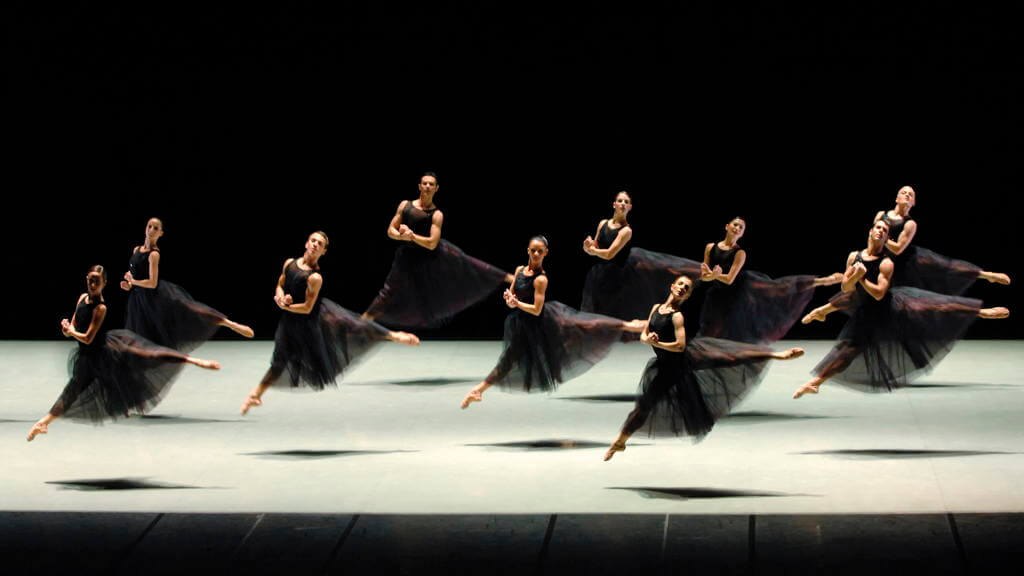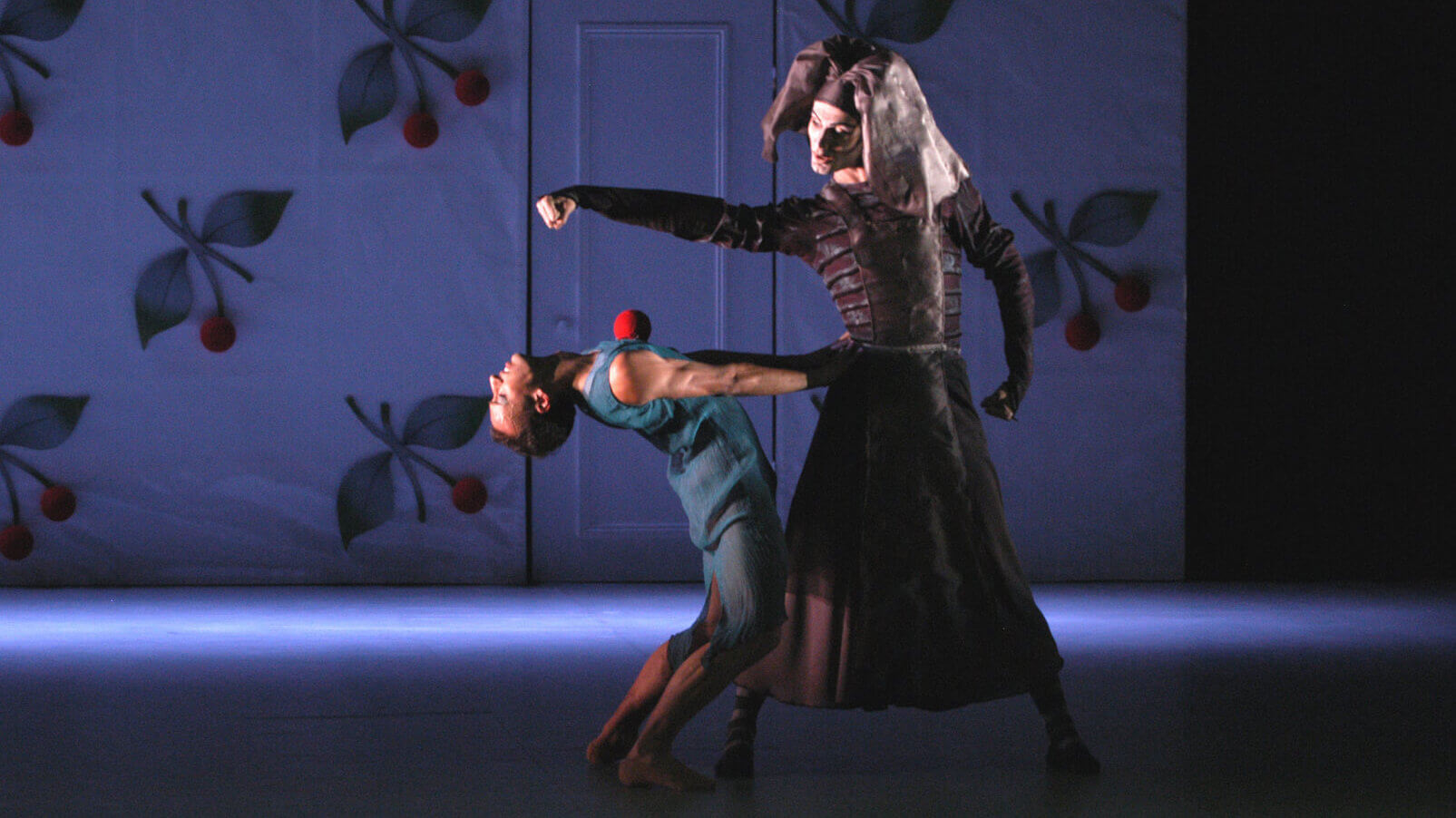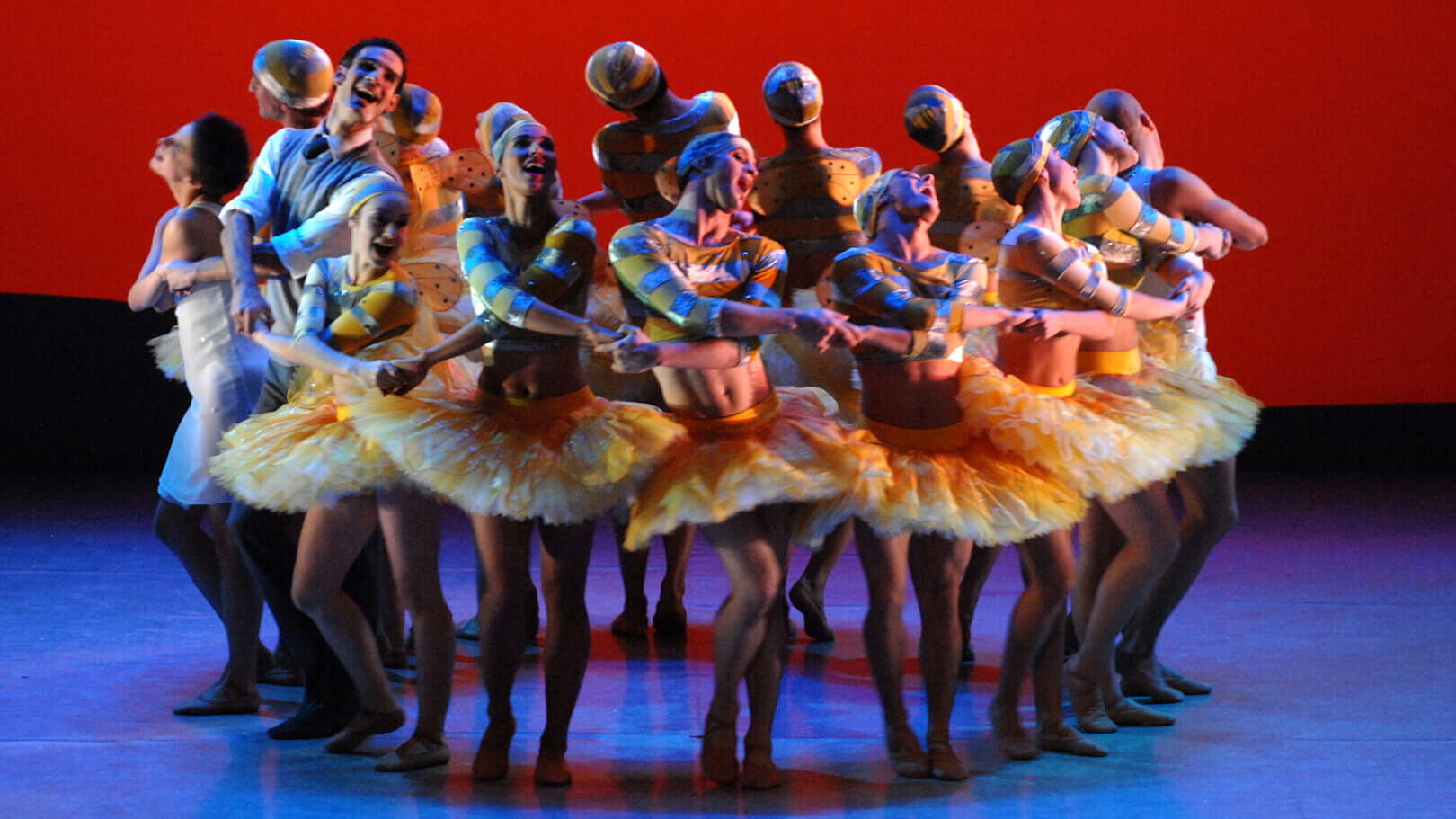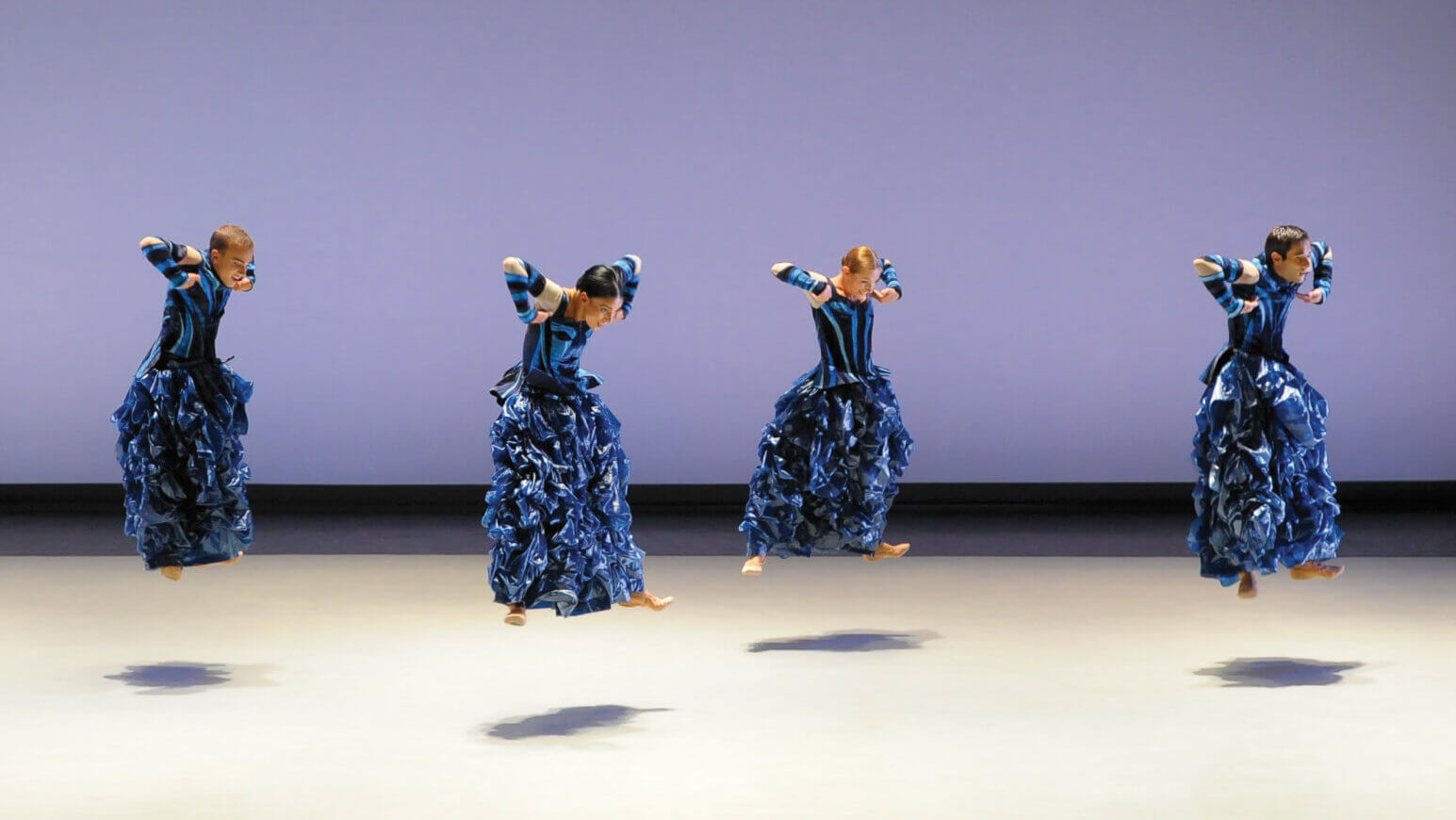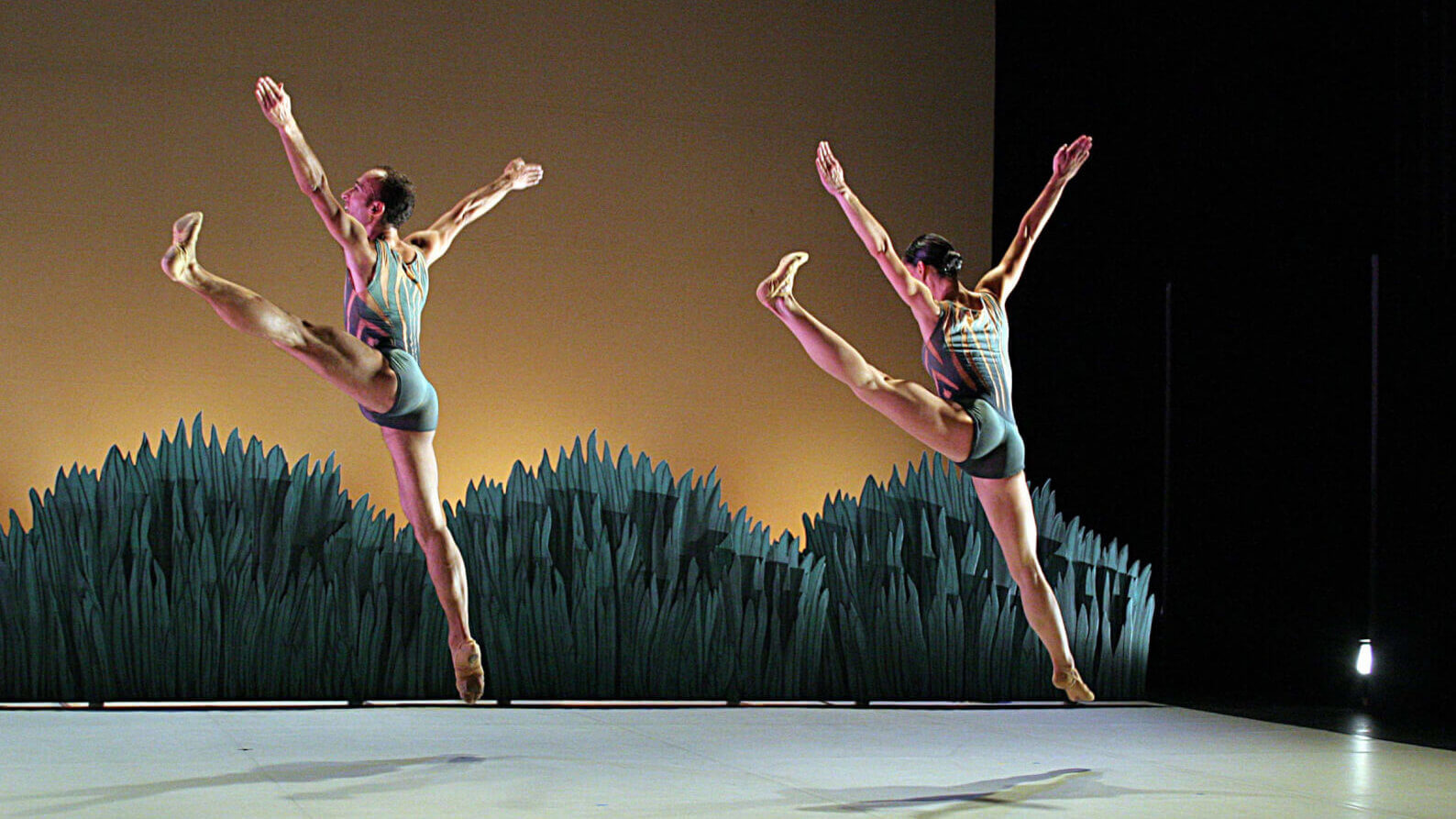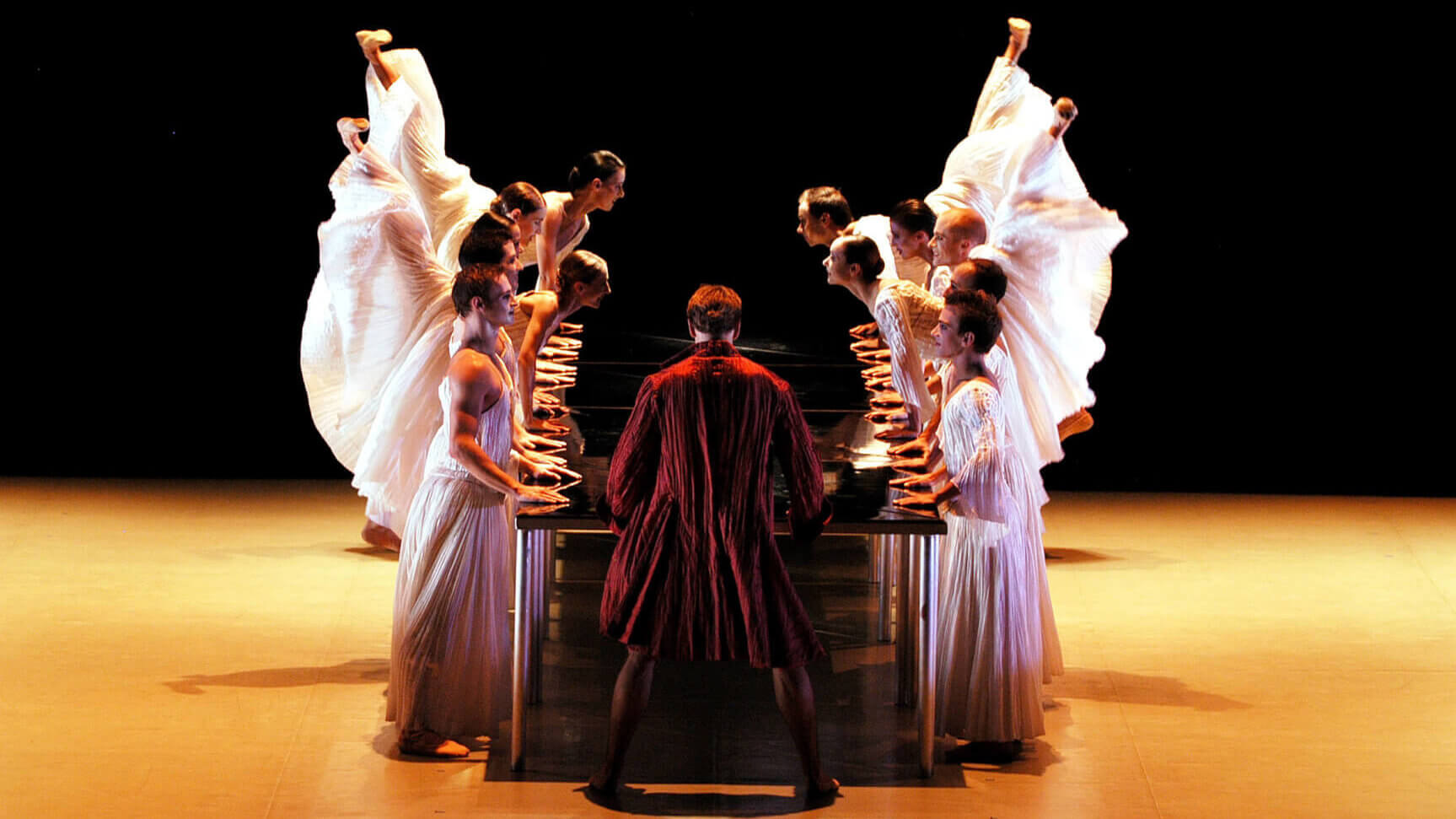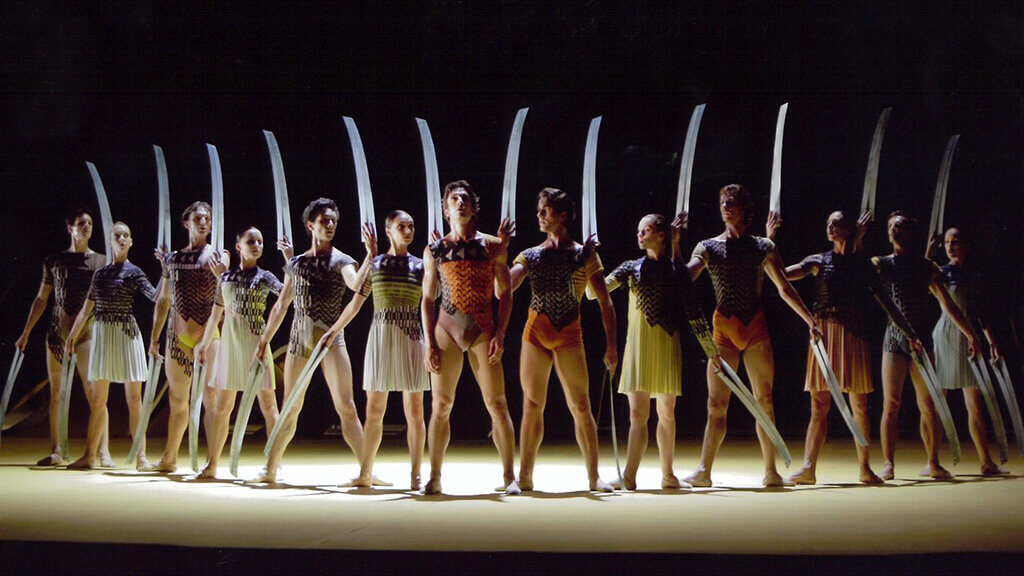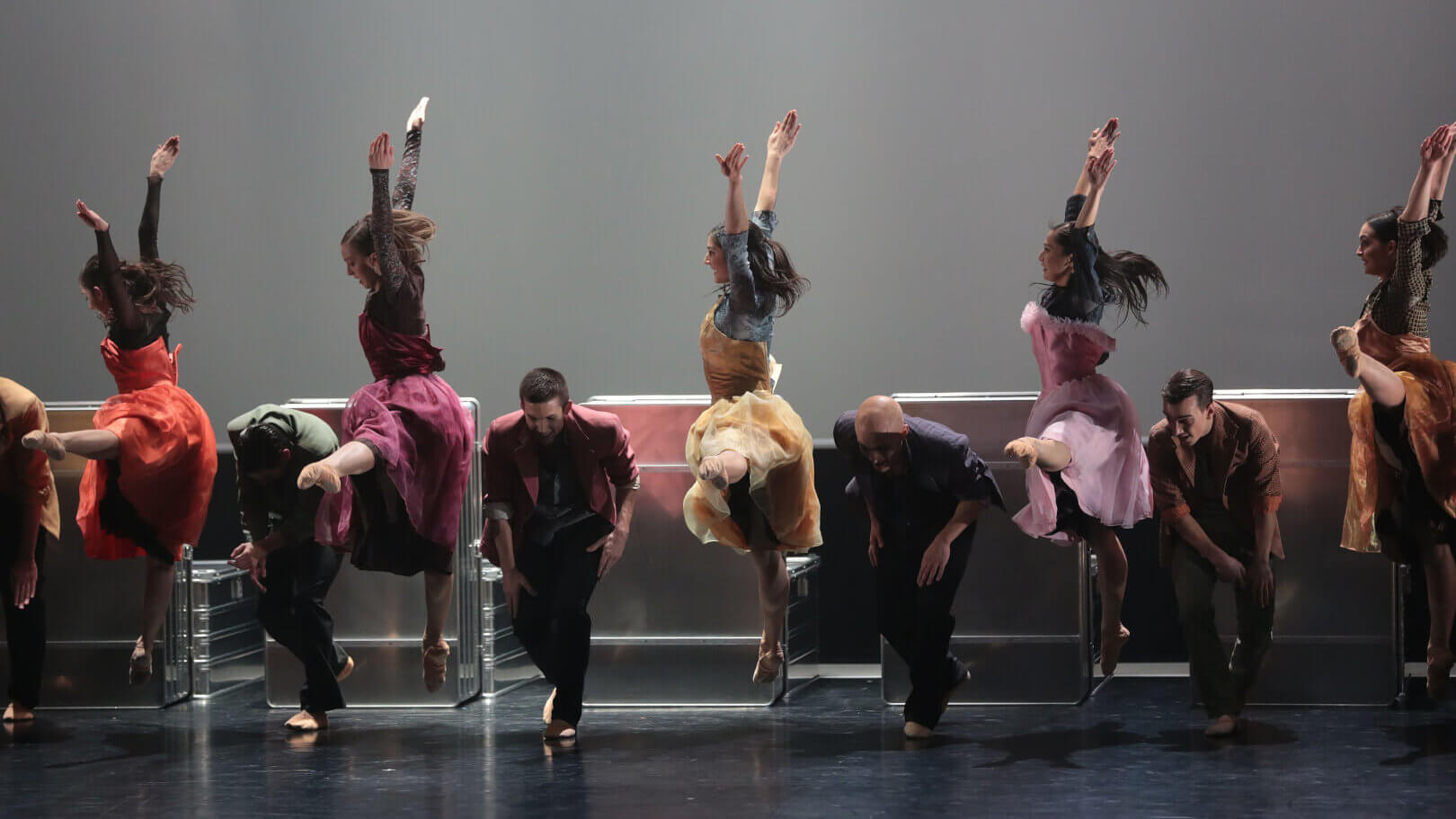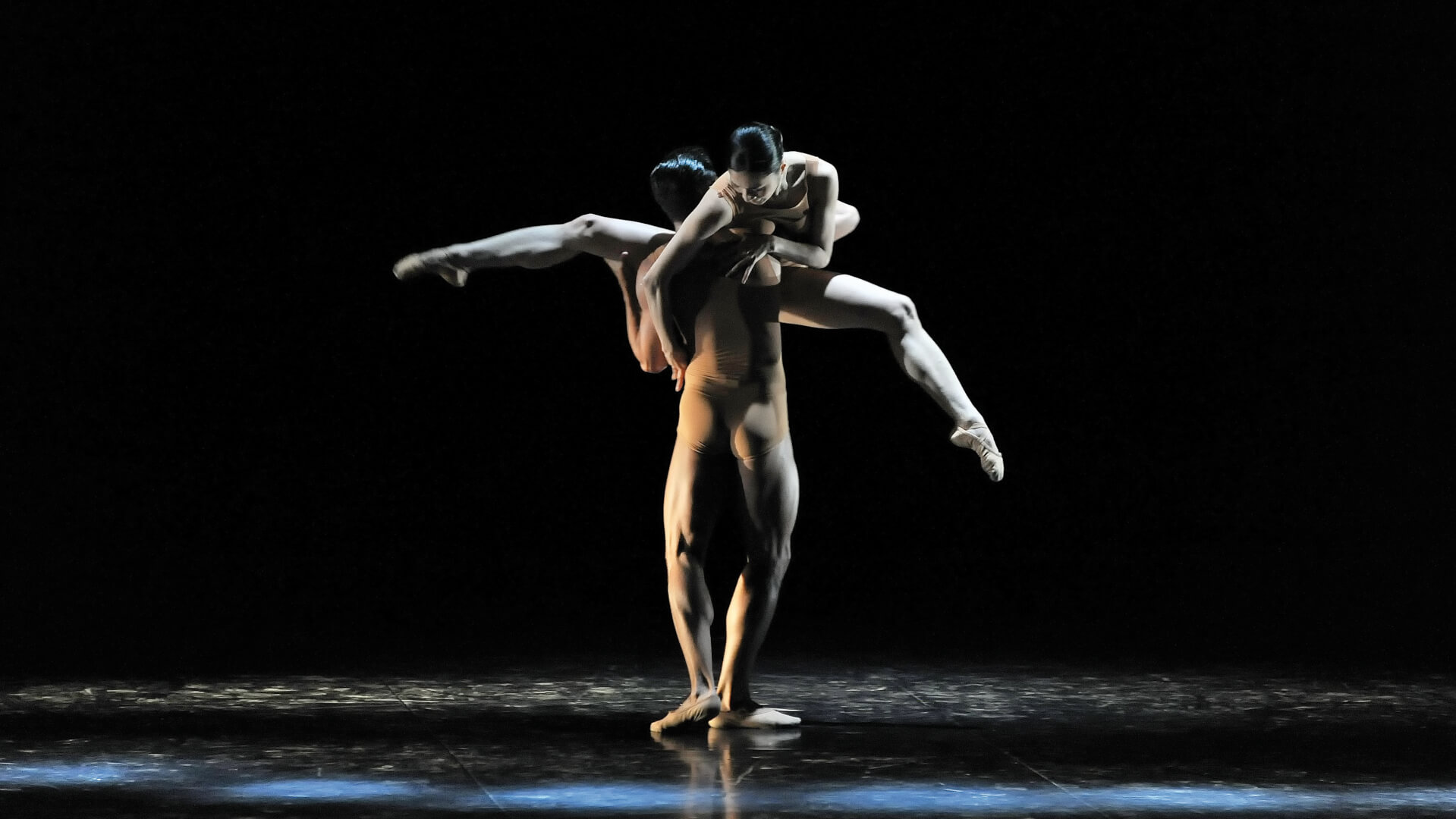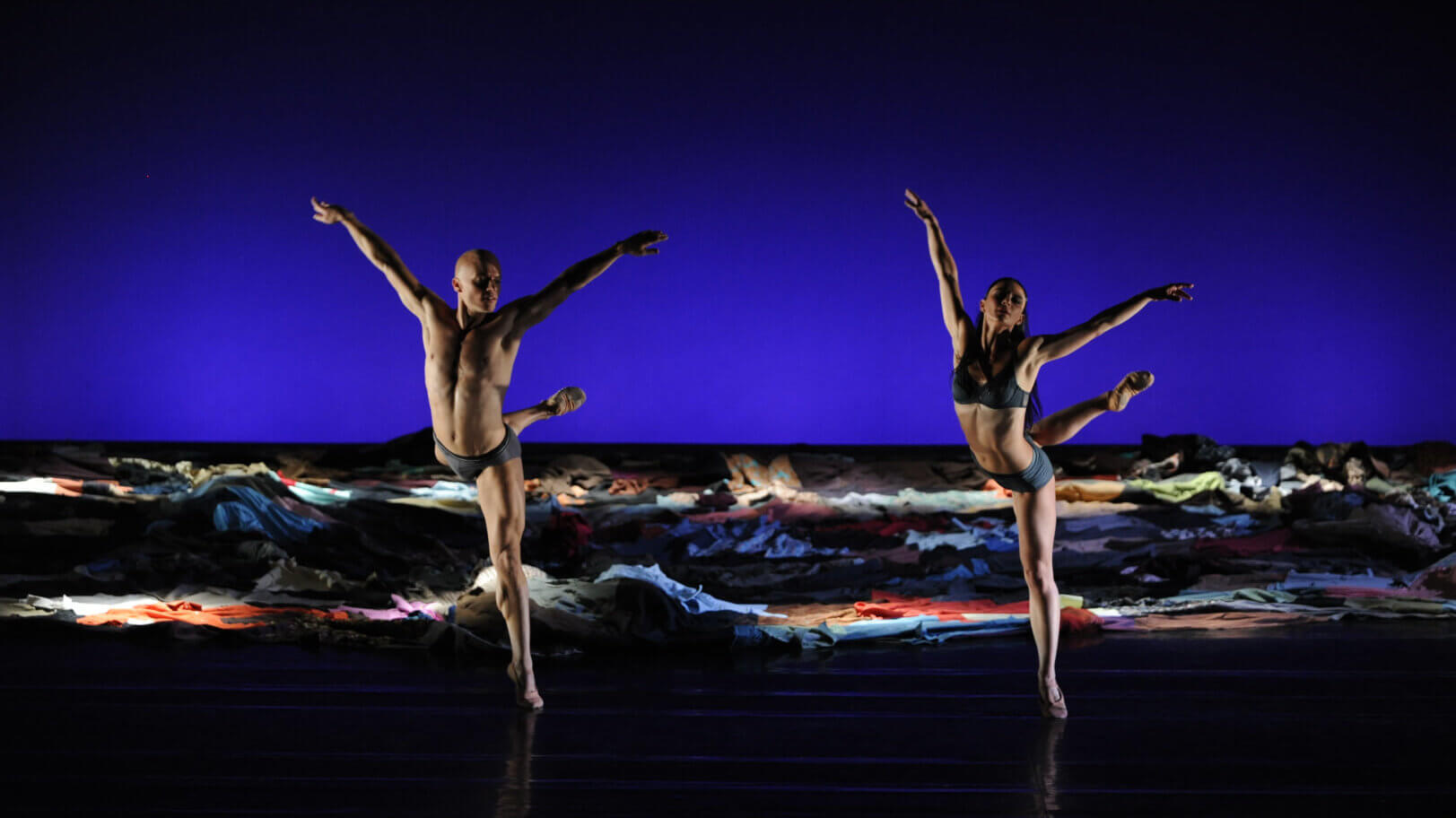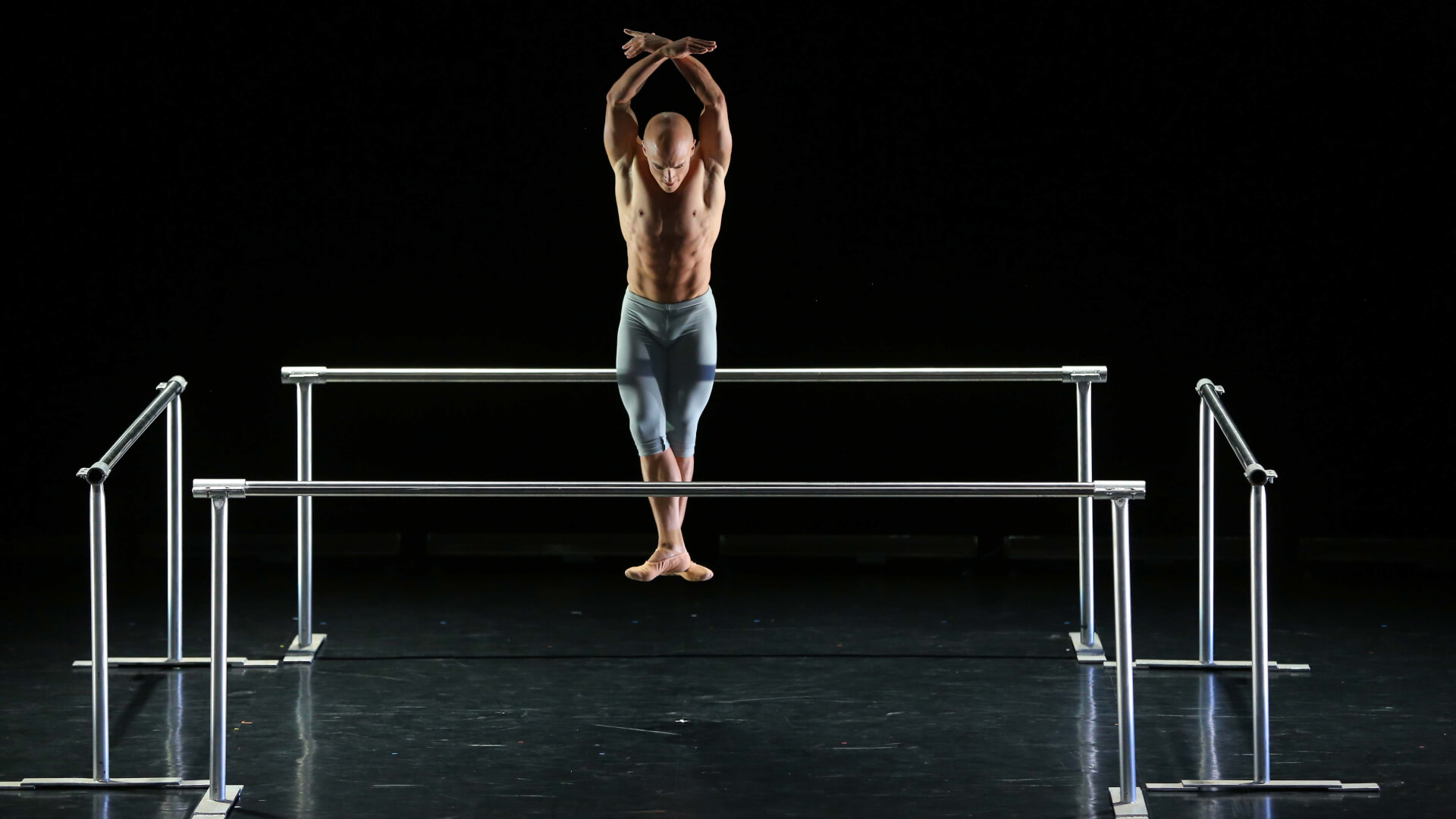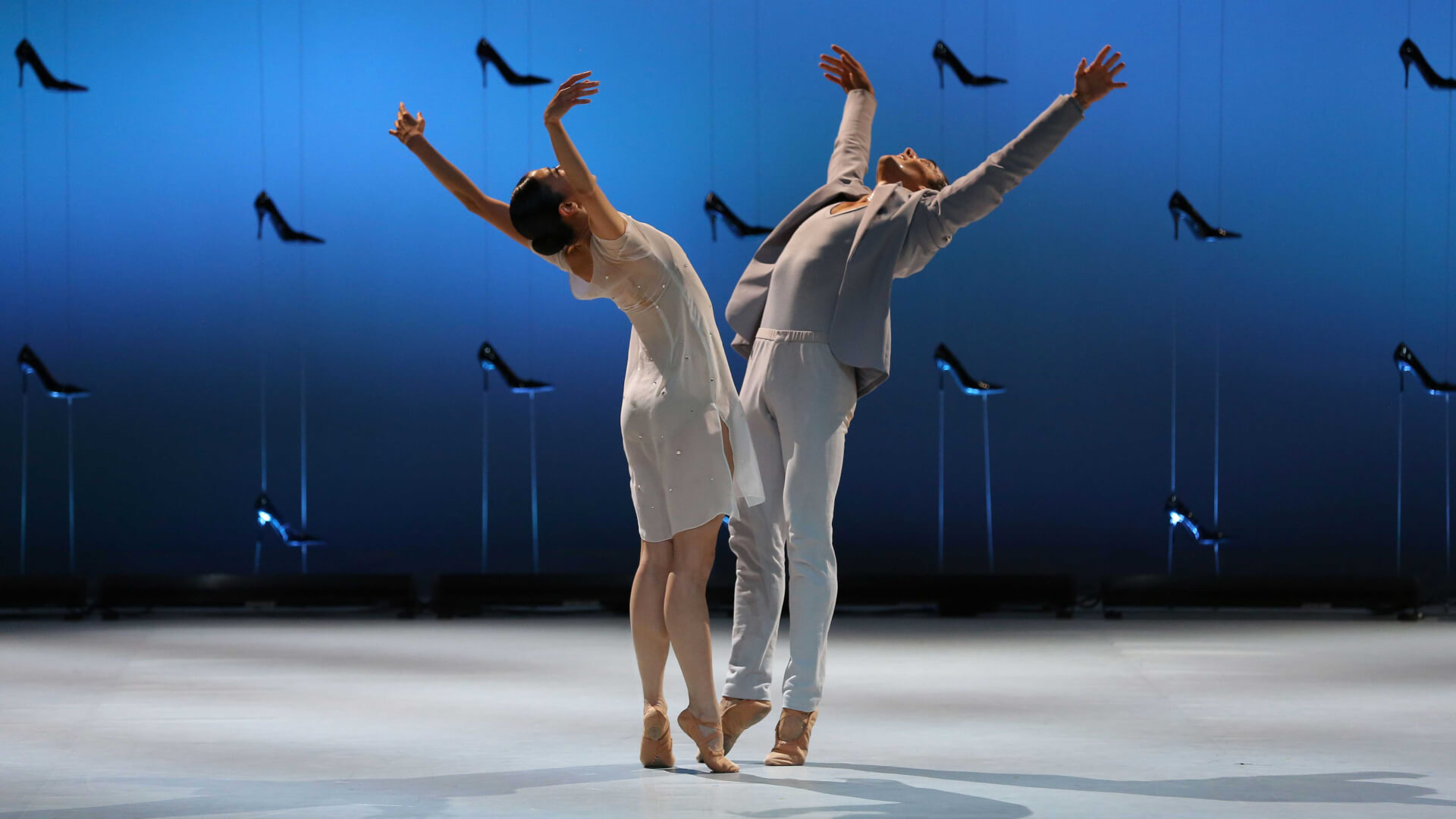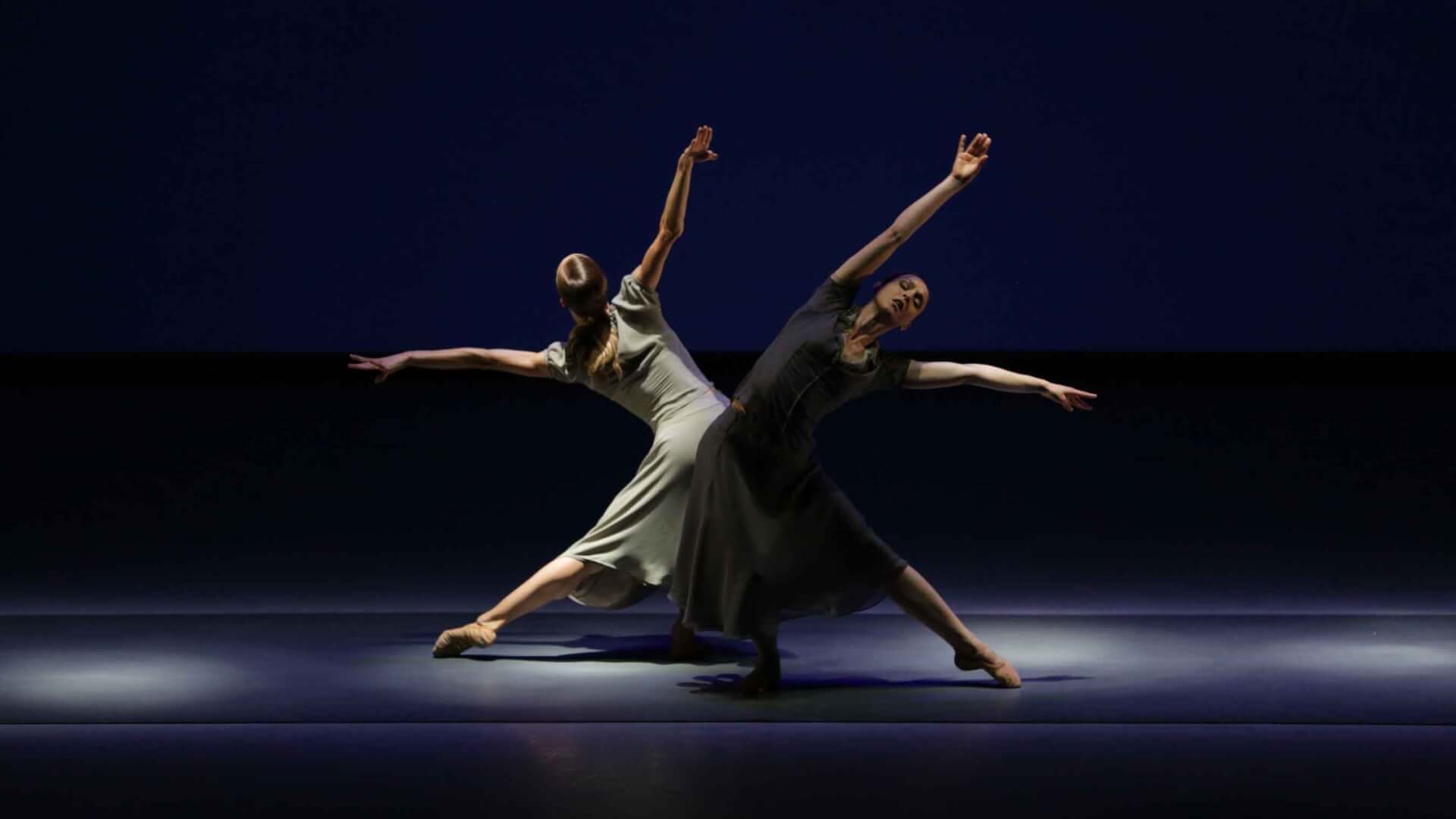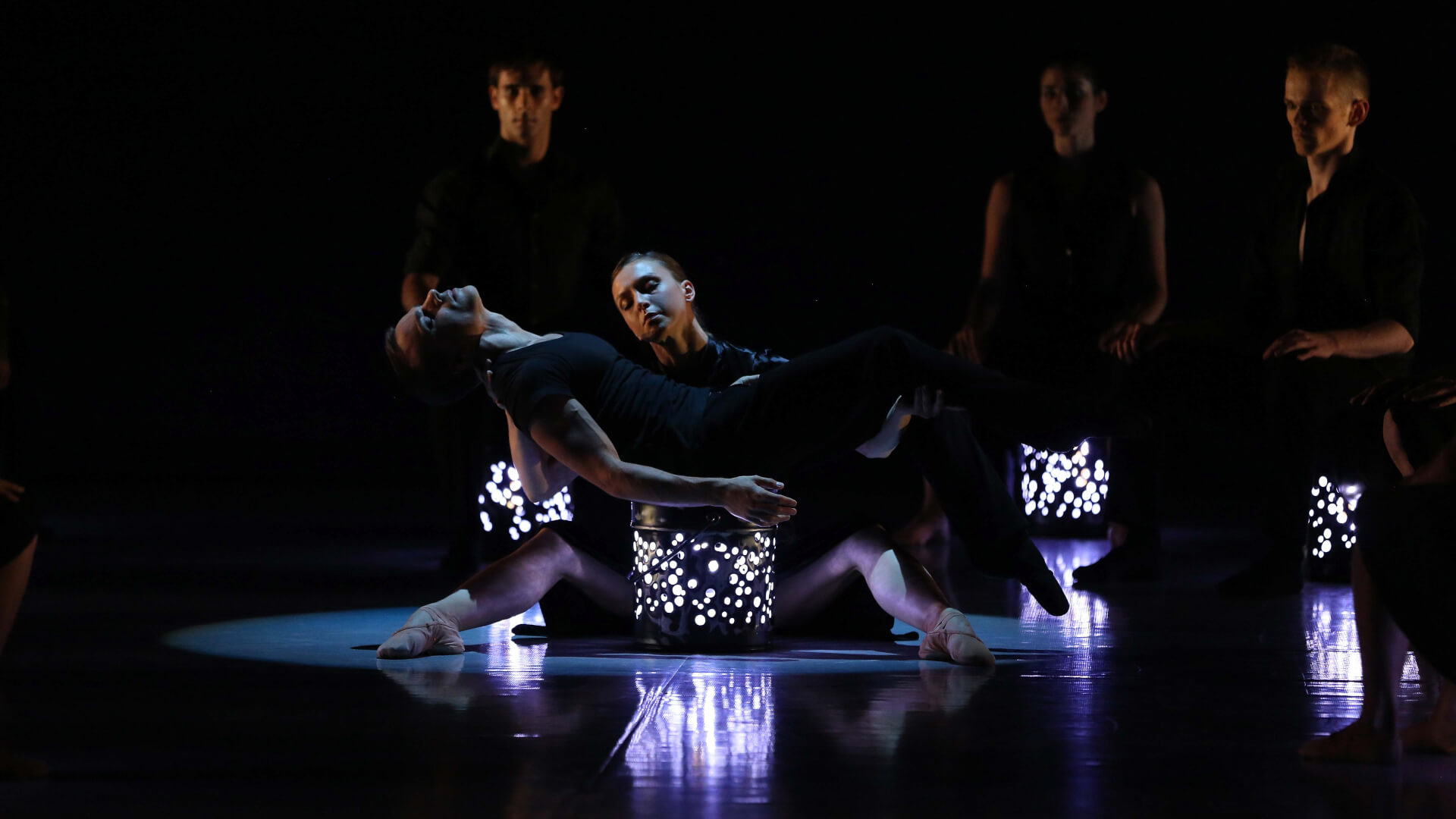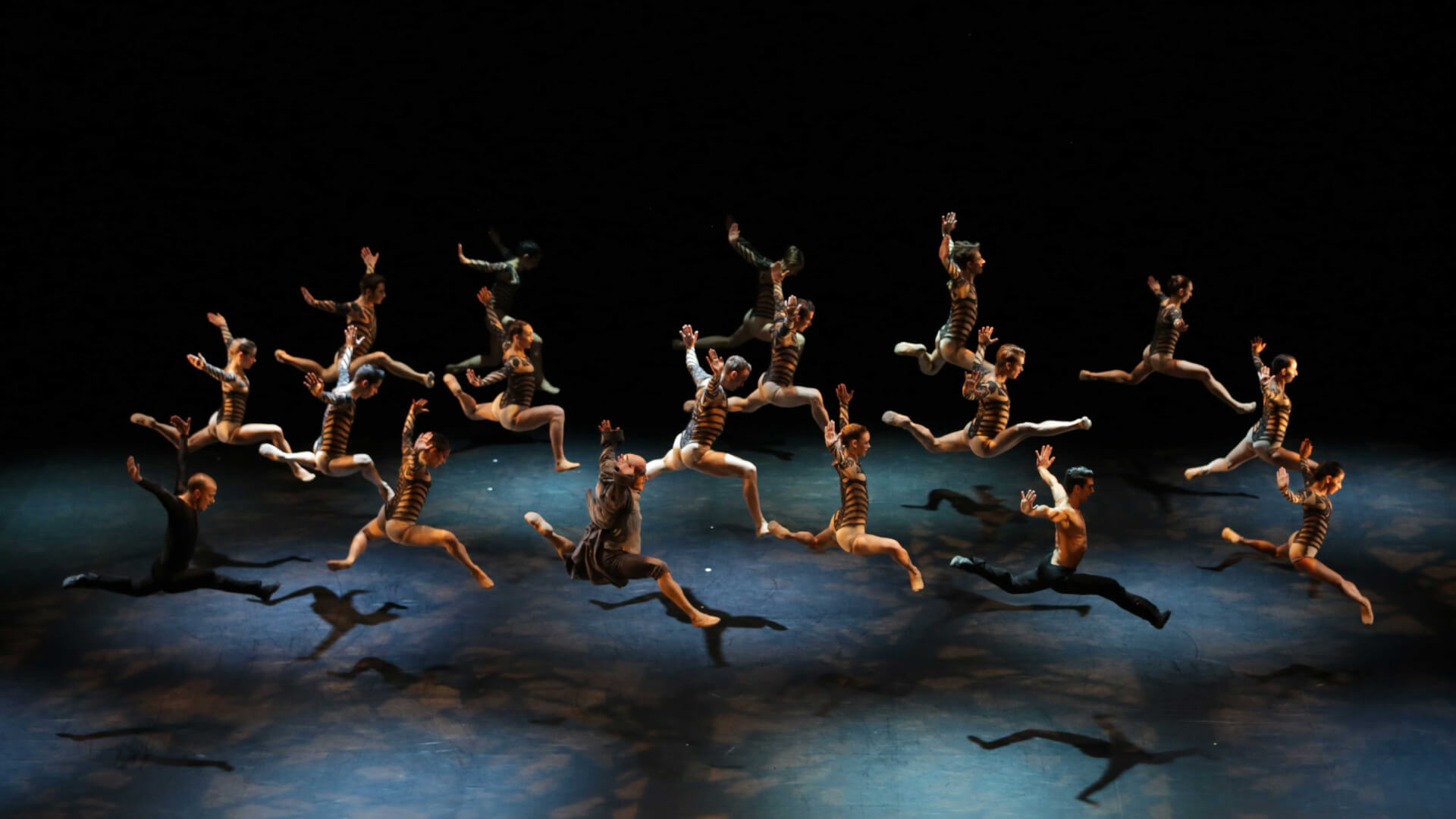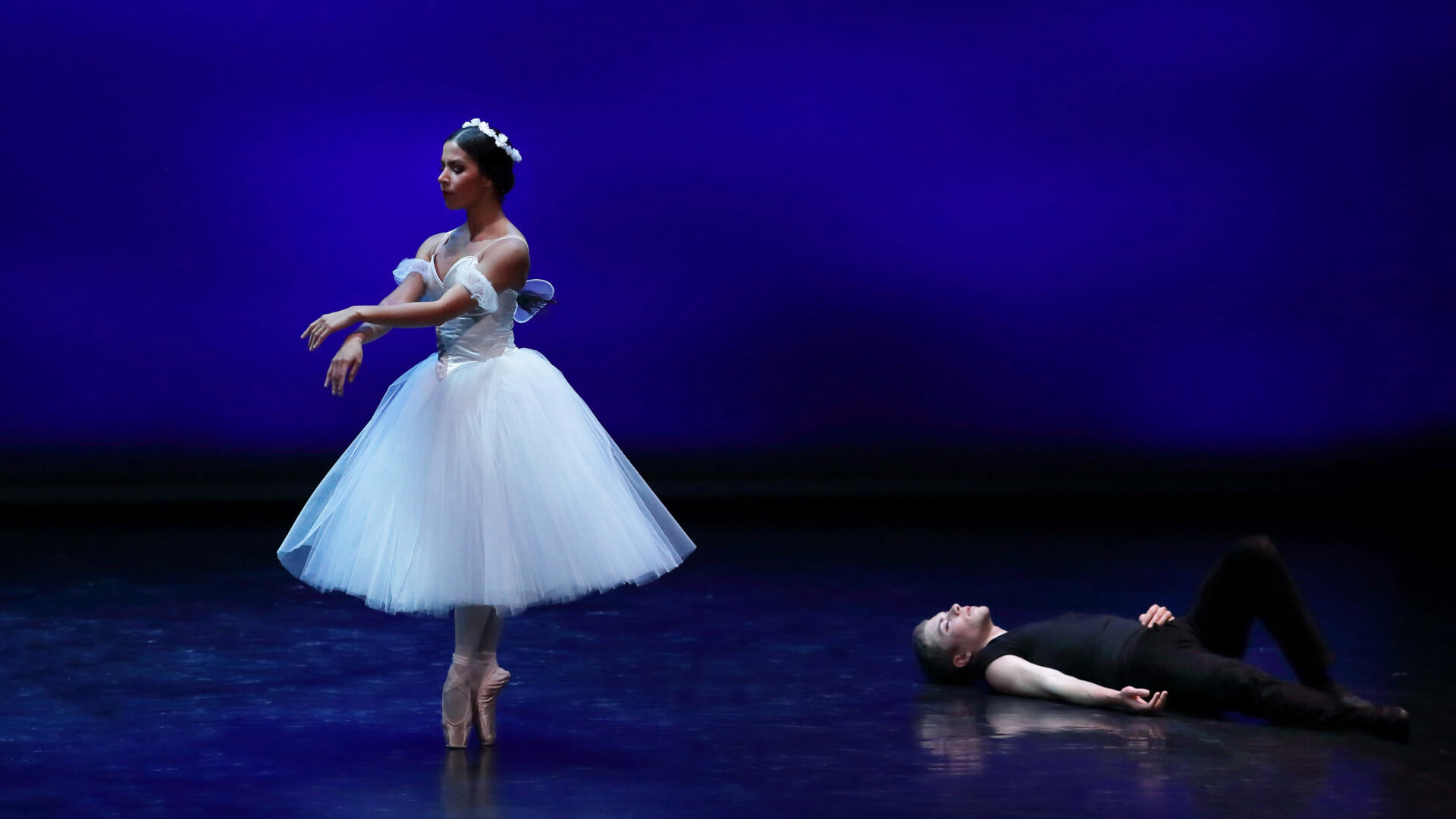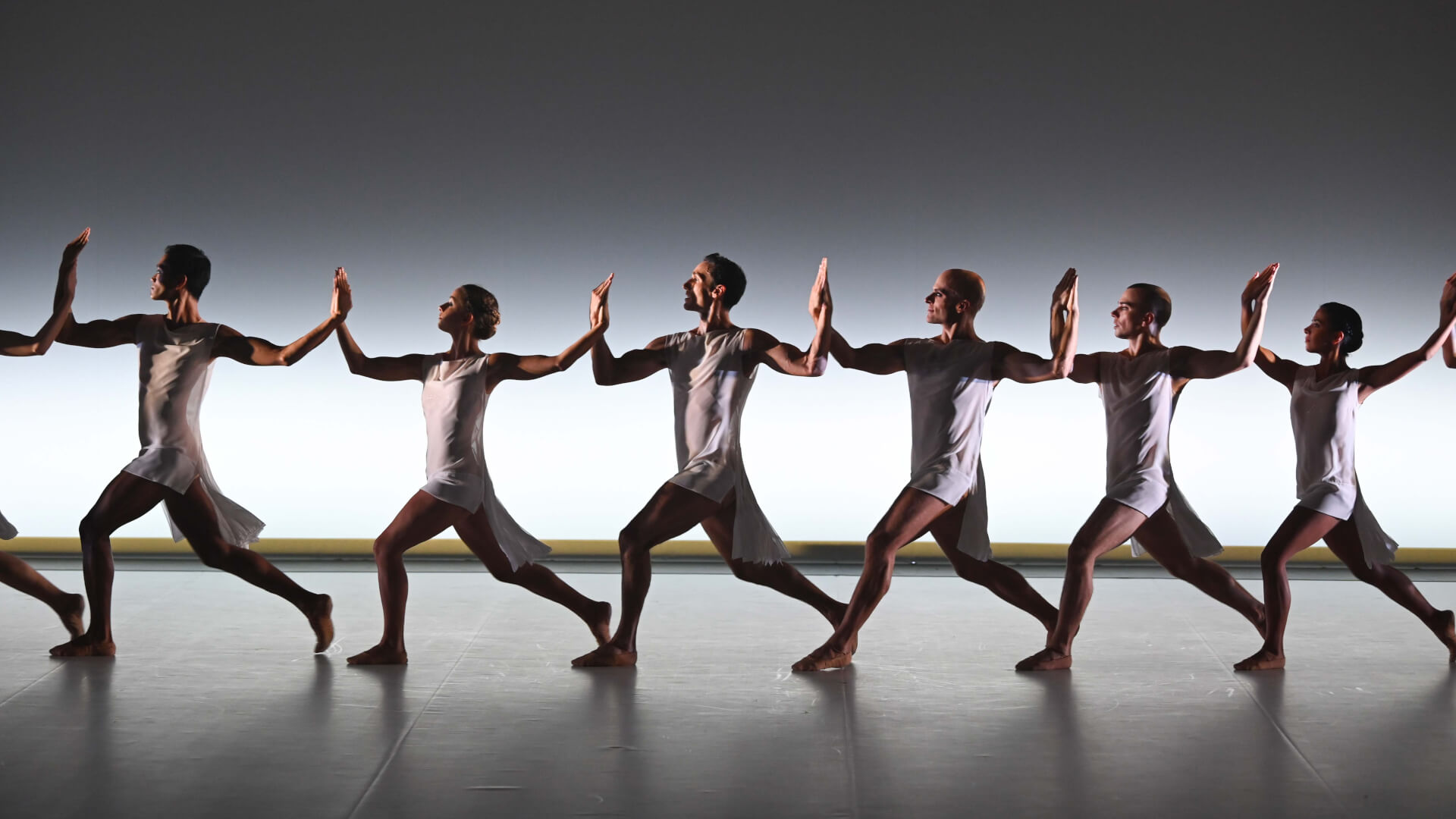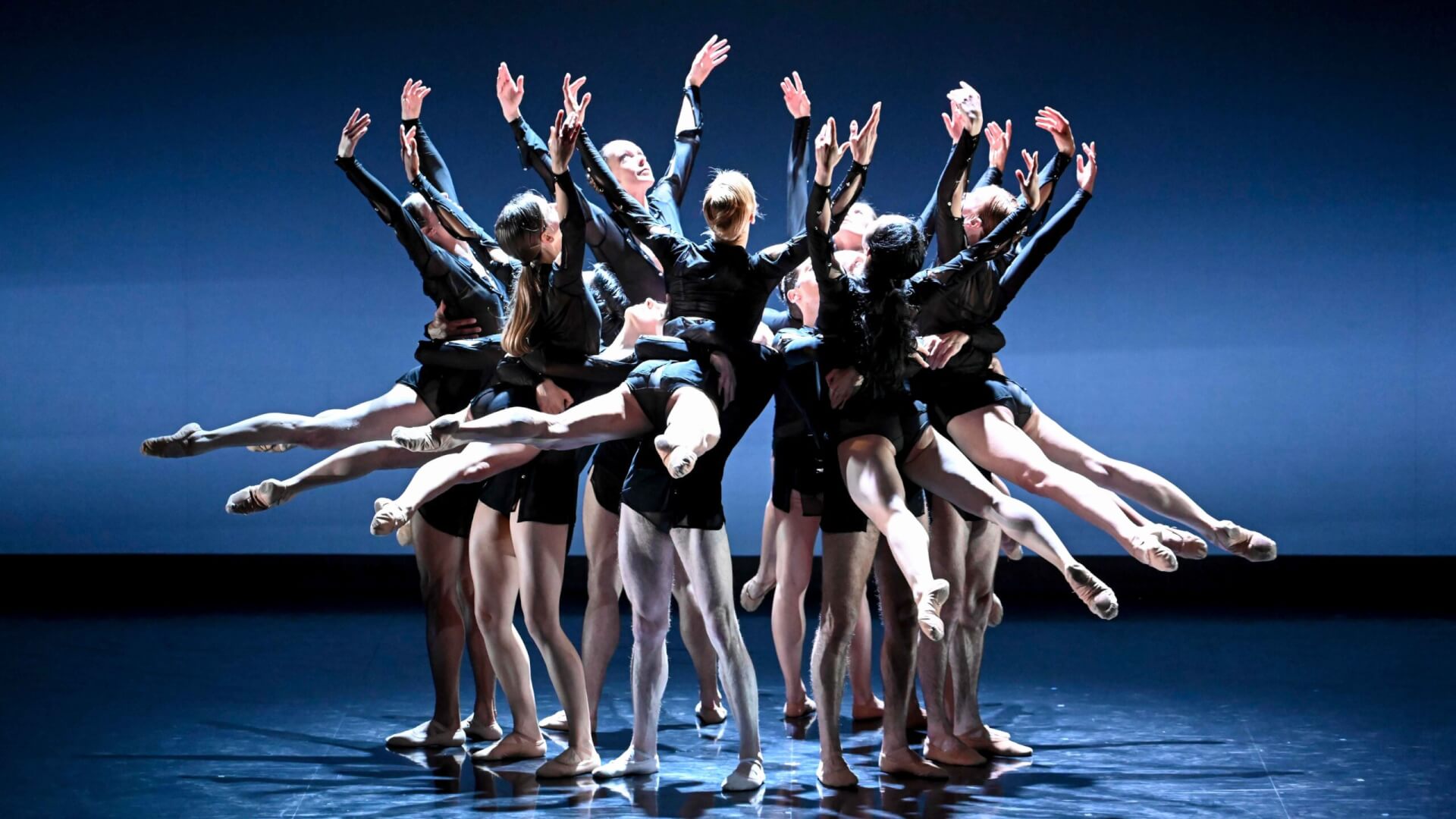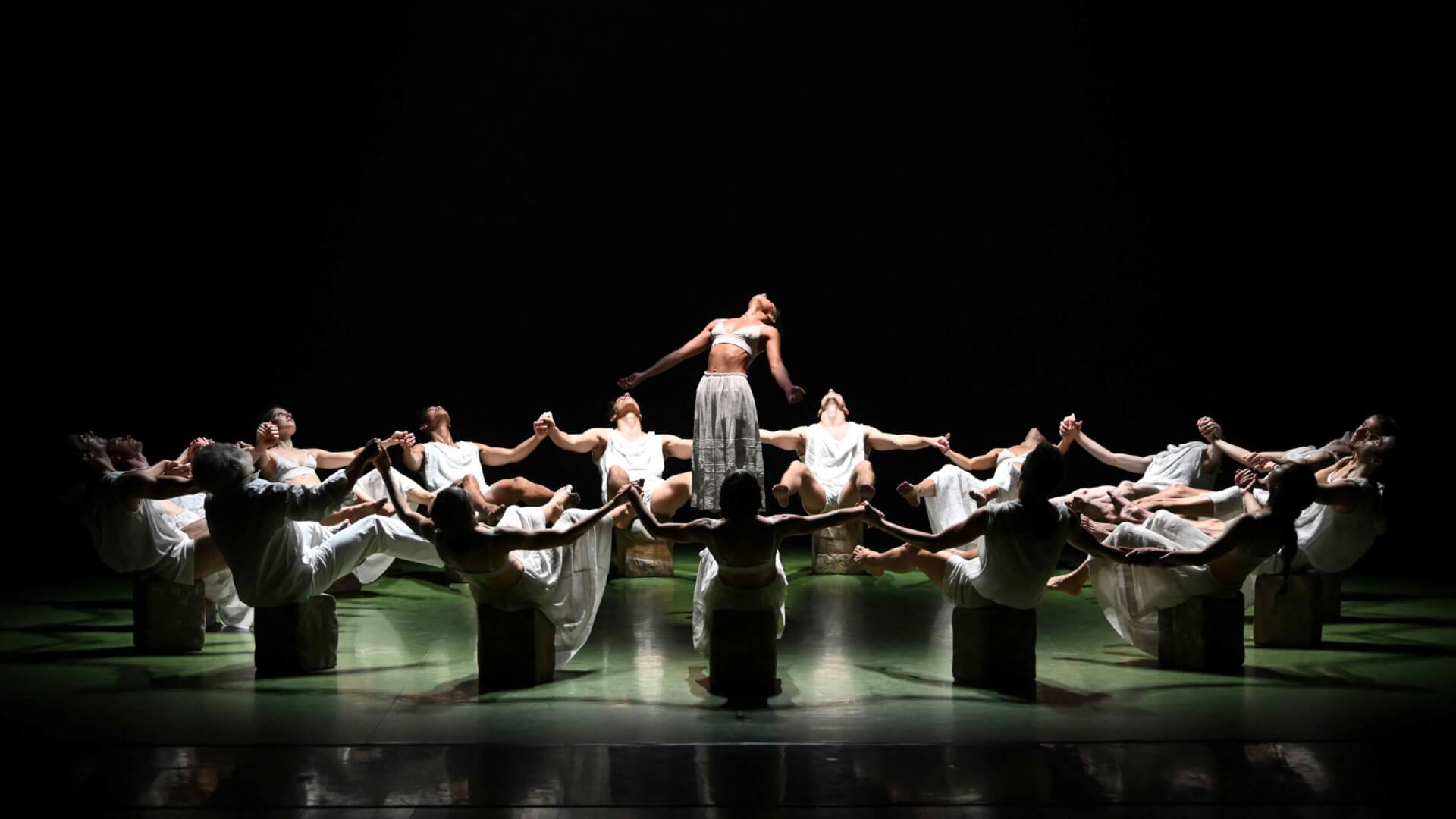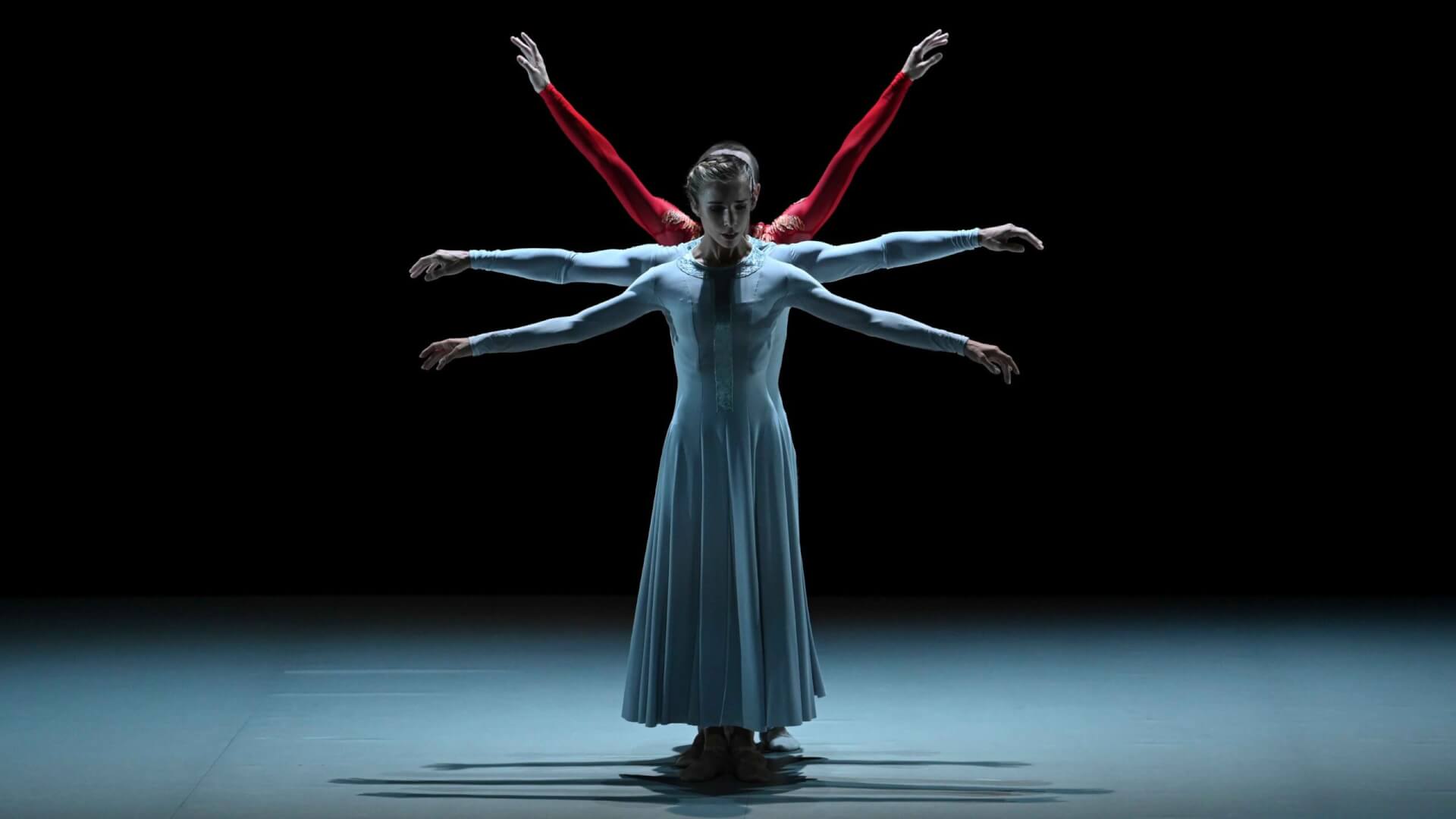Créé
-
on 16 April 1991 by the Temps Présent Company at l’Esplanade de Saint-Etienne
Nouvelle Production
-
Malandain Ballet Biarritz on 19 May 2001 at the Gare du Midi in Biarritz
Musique
-
Igor Stravinski 3
Chorégraphie
-
Thierry Malandain
Décor et costumes
-
Jorge Gallardo
Conception lumières
-
Jean-Claude Asquié
Ballet
-
for 12 dancers
Durée
-
38 minutes
note of intent
A foray of commedia dell'arte with its cheekiness, burlesque situations, and ridiculous characters. To entertain the audience, we put on disguises, brag, and tease one another. Sometimes we die, but not for very long because ultimately in the end everyone gets married. The ballet is based on a manuscript called "I Quattro Pulcinelli" that Serge Diaghilev discovered in Naples. This unpublished text included several structures on the basis of one kind from the commedia dell’arte - Pulcinella. Diaghilev entrusted Igor Stravinsky with composing the musical score based on selections from Giovanni Battista Pergolesi, and the ballet was performed in Paris on 15 May 1920 choreographed by Léonide Massine, while the set and costumes were designed by Pablo Picasso.
Thierry Malandain
Summary
The action takes place in Naples and tells the story of Pulcinella’s love affairs. The latter, despite his love for Pimpinella, cannot avoid seducing other women, from Rosetta to Prudenza, as well as Mrs. Tartaglia. His infidelity gets him into trouble before everyone kisses and gets married. Etymologically speaking, the character of Pulcinella, whose humpback and belly originally made him look like a chicken, got his name from pullus gallinaceus or more commonly known as chicken. This definition makes it possible to give the ballet’s hero a village cock’s traits - mischievous and philandering. This is a comedy, overflowing with elements from commedia dell’arte, an art without subtitles from which I’ve kept the original spirit, appeal and bawdiness.
Thierry Malandain
Press
Thierry Malandain, the company’s director and choreographer, has 14 terrific dancers that give his quirky mix of idiomatic movement and ballet technique sharp, clean edge. [...] Pulcinella becomes a pleasant but lightweight retelling. Its adventures of obscene Neapolitan characters are Frenchified. There was good dancing from all, especially Cyril Lot as Pulcinella and from Nathalie Verspecht, a powerful classical dancer, as his sweetheart. [...]The New York Times, Anna Kisselgoff • 7 November 2002
Thierry Malandain’s reinterpretation is consistent with respect and transgression. […] The choreographer never betrays the playful, gentle and rambunctious spirit of Pulcinella. The dancers revel in theatrics borrowed from the Commedia dell'arte without forgetting their weightlessness. Sex and death become burlesque while losing neither their beauty nor their sacredness.L'Express, Alexandre Caldara • December 2004
You didn’t dare to tell him that it’s a ballet, afraid that he’d tell you that ballet is for girls. Nor did you dare to tell him that it’s a love story, afraid that he’d shrug his little boy shoulders in disdain. You’ve just told him that is was Pulcinella at the Passage Theatre, a show for children... So obviously, when the ballet began, with a minimalist grey set and pastel skirts, accompanied by Stravinsky, you wondered if he’d make it through one hour. In reply to his first question, “When are they going to tell the story?”, you whispered that actually, they tell it with their bodies, their gestures and that even without words, he’ll understand... And then the charm cast its spell. As usual. The child got wrapped up in the story, gently caught up in the magic of the music and the flow of the dance sequences. You took a quick look around the room - sunk into their chairs, the other children are reveling in the same magic. Not one sigh. Not one single “When does it end?”. It’s simply beautiful. That's all there is to it. On stage, the doctor resuscitates Pulcinella whose only flaw is that he’s too good-looking. The children laugh at the man dressed in white - err, in green. And more importantly, the children ask good questions - “Why is a man playing the mum?”, one boy in front dares to ask, when the choreographer passes the microphone to the audience brimming with questions. And more importantly, the children ask good questions - “Why is a man playing the mum?”, one boy in front dares to ask, when the choreographer passes the microphone to the audience brimming with questions. We’re surprised to find shops still open. Noise and frenzy. “Mum, is Pulcinella nice or cheeky?”, the little angel asks. He breathes in the cold air and asks, “Can we go to McDonald’s?”. Welcome back to earth...L'Express • December 2004
Malandain’s Pulcinella […] keeps the liveliness, debauchery and cheekiness of the character without resorting to parody or preposterousness. […] Great mastery of the commedia dell’arte!Ballet2000, Sonia Schoonejans • June 2001
Pulcinella is a lightweight comedy. […] The dancers, dressed in pale pink, green and grey, perform the choreography gracefully, and it’s all very charming and witty.The Arts Cure, Etats-Unis • January 2003


